

| Region rejsu : Afryka, kanał Panamski |
| Firma : Azamara Cruises |
| Statek : Azamara Quest |
| Data rozpoczęcia : pt. 02 kwi 2027 |
| Data zakończenia : pon. 28 cze 2027 |
| Liczba nocy : 87 nocy |
| Dzień | Data | Port | Wypłynięcie | Odpłynięcie |
|---|---|---|---|---|
| 1 | 2.04 pt. | Limbe / Cameroon | 20:00 | |
| 2 | 3.04 sob. | Dzień na morzu / Morze | 15:00 | |
| 3 | 4.04 niedz. | Bankiao | 08:00 | 20:00 |
| 4 | 5.04 pon. | Ishigaki, Okinawa / Japonia | 08:00 | 14:00 |
| 5 | 6.04 wt. | Naha / Japonia | 08:00 | 20:00 |
| 6 | 7.04 śr. | Dzień na morzu / Morze | 15:00 | |
| 7 | 8.04 czw. | Szanghaj / Chiny | 13:00 | |
| 8 | 9.04 pt. | Szanghaj / Chiny | ||
| 9 | 10.04 sob. | Szanghaj / Chiny | 13:00 | |
| 10 | 11.04 niedz. | Dzień na morzu / Morze | 15:00 | |
| 11 | 12.04 pon. | Dalian | 08:00 | 14:00 |
| 12 | 13.04 wt. | Pekin / Chiny | 07:00 | |
| 13 | 14.04 śr. | Pekin / Chiny | 20:00 | |
| 14 | 15.04 czw. | Dzień na morzu / Morze | 15:00 | |
| 15 | 16.04 pt. | Incheon / Korea | 06:00 | 22:00 |
| 16 | 17.04 sob. | Dzień na morzu / Morze | 15:00 | |
| 17 | 18.04 niedz. | Yeosu / Korea | 08:00 | 20:00 |
| 18 | 19.04 pon. | Busan / Korea | 08:00 | |
| 19 | 20.04 wt. | Busan / Korea | 20:00 | |
| 20 | 21.04 śr. | Fukuoka / Japonia | 08:00 | 20:00 |
| 21 | 22.04 czw. | Kita-Kyushu. Japonia | 08:00 | 20:00 |
| 22 | 23.04 pt. | Hiroszima / Japonia | 08:00 | 22:00 |
| 23 | 24.04 sob. | Beppu / Japonia | 08:00 | 18:00 |
| 24 | 25.04 niedz. | Kochi / Indie | 08:00 | 17:00 |
| 25 | 26.04 pon. | Kobe / Japonia | 08:00 | |
| 26 | 27.04 wt. | Kobe / Japonia | 16:00 | |
| 27 | 28.04 śr. | Shimizu / Japonia | 10:30 | 20:00 |
| 28 | 29.04 czw. | Yokohama (Tokio) / Japonia | 08:00 | |
| 29 | 30.04 pt. | Yokohama (Tokio) / Japonia | 09:00 | 19:00 |
| 30 | 1.05 sob. | Bandol / Francja | 09:00 | 17:00 |
| 31 | 2.05 niedz. | Miyakojima Miyako / Japonia | 09:00 | 17:00 |
| 32 | 3.05 pon. | Dzień na morzu / Morze | 15:00 | |
| 33 | 4.05 wt. | Przekrocz międzynarodową linię zmiany daty | 06:00 | 18:00 |
| 34 | 5.05 śr. | Dzień na morzu / Morze | 20:00 | |
| 35 | 6.05 czw. | Dzień na morzu / Morze | 15:00 | |
| 36 | 7.05 pt. | Dzień na morzu / Morze | 15:00 | |
| 37 | 8.05 sob. | Dzień na morzu / Morze | 15:00 | |
| 38 | 9.05 niedz. | Dzień na morzu / Morze | 15:00 | |
| 39 | 10.05 pon. | Dzień na morzu / Morze | 15:00 | |
| 40 | 11.05 wt. | Kodiak / Alaska | 06:00 | 17:00 |
| 41 | 12.05 śr. | Dzień na morzu / Morze | 15:00 | |
| 42 | 13.05 czw. | Juneau / Alaska | 09:00 | 18:00 |
| 43 | 14.05 pt. | Sitka / USA | 08:00 | 16:00 |
| 44 | 15.05 sob. | Ketchikan / Alaska | 09:00 | 22:00 |
| 45 | 16.05 niedz. | Dzień na morzu / Morze | 15:00 | |
| 46 | 17.05 pon. | Dzień na morzu / Morze | 15:00 | |
| 47 | 18.05 wt. | Vancouver / Kanada | 06:00 | 21:00 |
| 48 | 19.05 śr. | Seattle, Waszyngton / USA | 08:00 | 22:00 |
| 49 | 20.05 czw. | Victoria, wyspa MAE / Seszele | 08:00 | 16:00 |
| 50 | 21.05 pt. | Astoria / USA | 09:00 | 18:00 |
| 51 | 22.05 sob. | Dzień na morzu / Morze | 15:00 | |
| 52 | 23.05 niedz. | San Francisco / USA | 08:00 | 20:00 |
| 53 | 24.05 pon. | Dzień na morzu / Morze | 15:00 | |
| 54 | 25.05 wt. | San Diego, Kalifornia / USA | 06:00 | 20:00 |
| 55 | 26.05 śr. | Dzień na morzu / Morze | 15:00 | |
| 56 | 27.05 czw. | Dzień na morzu / Morze | 15:00 | |
| 57 | 28.05 pt. | Cabo San Lucas / Meksyk | 08:00 | 17:00 |
| 58 | 29.05 sob. | Dzień na morzu / Morze | 15:00 | |
| 59 | 30.05 niedz. | Acapulco / Meksyk | 13:00 | 20:00 |
| 60 | 31.05 pon. | Dzień na morzu / Morze | 15:00 | |
| 61 | 1.06 wt. | Puerto Quetzal / Gwatemala | 09:30 | 20:00 |
| 62 | 2.06 śr. | Acajutla / Salvador | 08:00 | 18:00 |
| 63 | 3.06 czw. | Dzień na morzu / Morze | 15:00 | |
| 64 | 4.06 pt. | Puntarenas / Costa Rica | 08:00 | 21:00 |
| 65 | 5.06 sob. | Dzień na morzu / Morze | 15:00 | |
| 66 | 6.06 niedz. | Kanał Panamski / Panama | 05:00 | 17:00 |
| 67 | 7.06 pon. | Cartagena (Bolívar) / Kolumbia | 13:30 | |
| 68 | 8.06 wt. | Cartagena (Bolívar) / Kolumbia | 18:00 | |
| 69 | 9.06 śr. | Dzień na morzu / Morze | 15:00 | |
| 70 | 10.06 czw. | Dzień na morzu / Morze | 15:00 | |
| 71 | 11.06 pt. | Miami / USA | 06:00 | 18:00 |
| 72 | 12.06 sob. | Dzień na morzu / Morze | 15:00 | |
| 73 | 13.06 niedz. | Dzień na morzu / Morze | 15:00 | |
| 74 | 14.06 pon. | Nowy Jork / USA | 08:00 | 22:00 |
| 75 | 15.06 wt. | Newport / USA | 08:30 | 18:00 |
| 76 | 16.06 śr. | KANAŁ CAPE COD | 22:30 | 23:59 |
| 77 | 17.06 czw. | Boston / USA | 08:00 | 22:00 |
| 78 | 18.06 pt. | Dzień na morzu / Morze | 15:00 | |
| 79 | 19.06 sob. | Halifax / Kanada | 08:00 | 20:00 |
| 80 | 20.06 niedz. | Dzień na morzu / Morze | 15:00 | |
| 81 | 21.06 pon. | św. Jana | 08:00 | 20:00 |
| 82 | 22.06 wt. | Dzień na morzu / Morze | 15:00 | |
| 83 | 23.06 śr. | Dzień na morzu / Morze | 15:00 | |
| 84 | 24.06 czw. | Dzień na morzu / Morze | 15:00 | |
| 85 | 25.06 pt. | Dzień na morzu / Morze | 15:00 | |
| 86 | 26.06 sob. | Cobh / Irlandia | 17:00 | |
| 87 | 27.06 niedz. | Cobh / Irlandia | 16:00 | |
| 88 | 28.06 pon. | Plymouth / Wielka Brytania | 08:00 | 17:00 |
| 89 | 29.06 wt. | Le Havre / Francja | 07:00 | 18:30 |
| 90 | 30.06 śr. | Tilbury (Londyn) / Wielka Brytania | 07:00 |
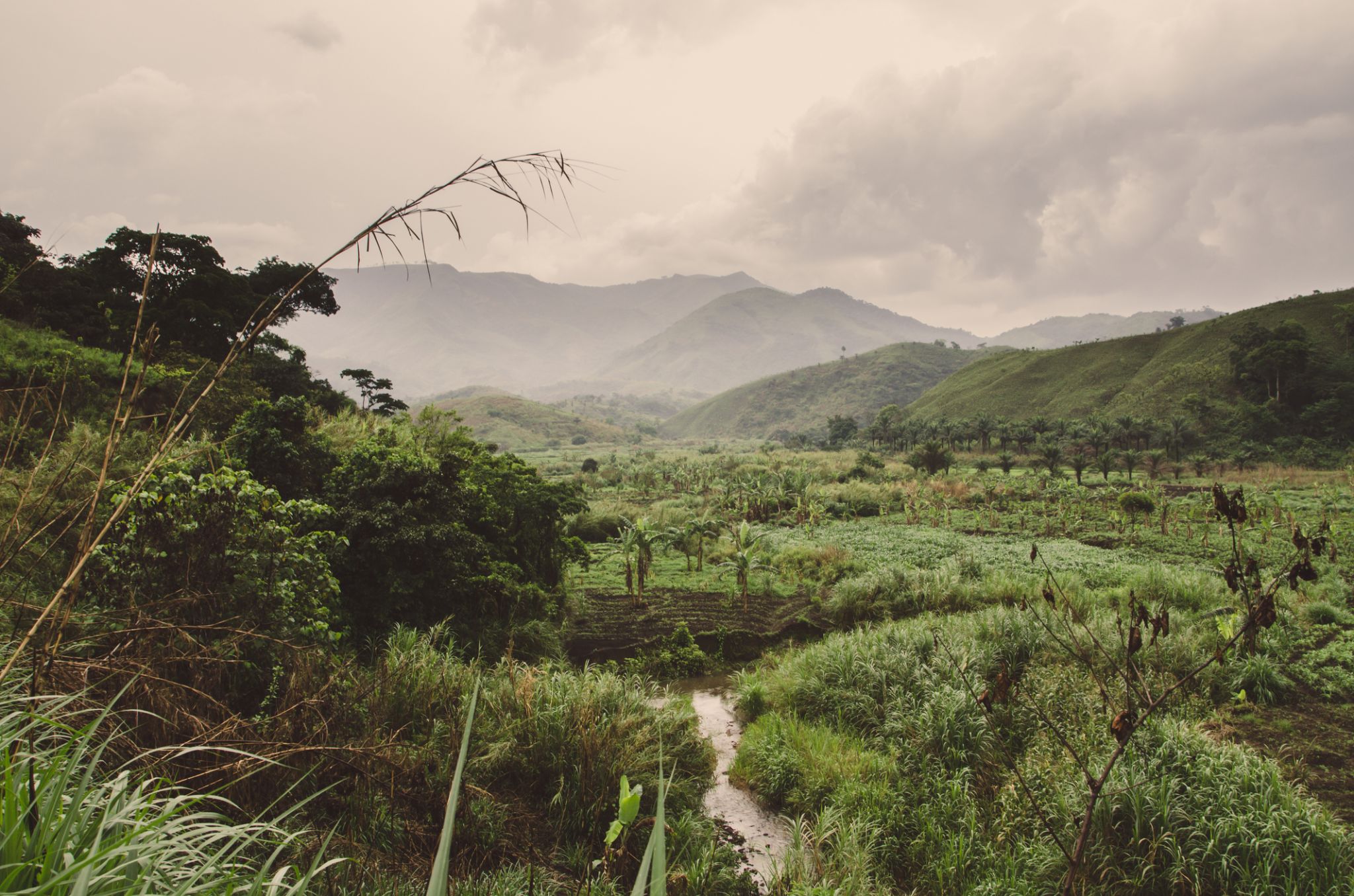


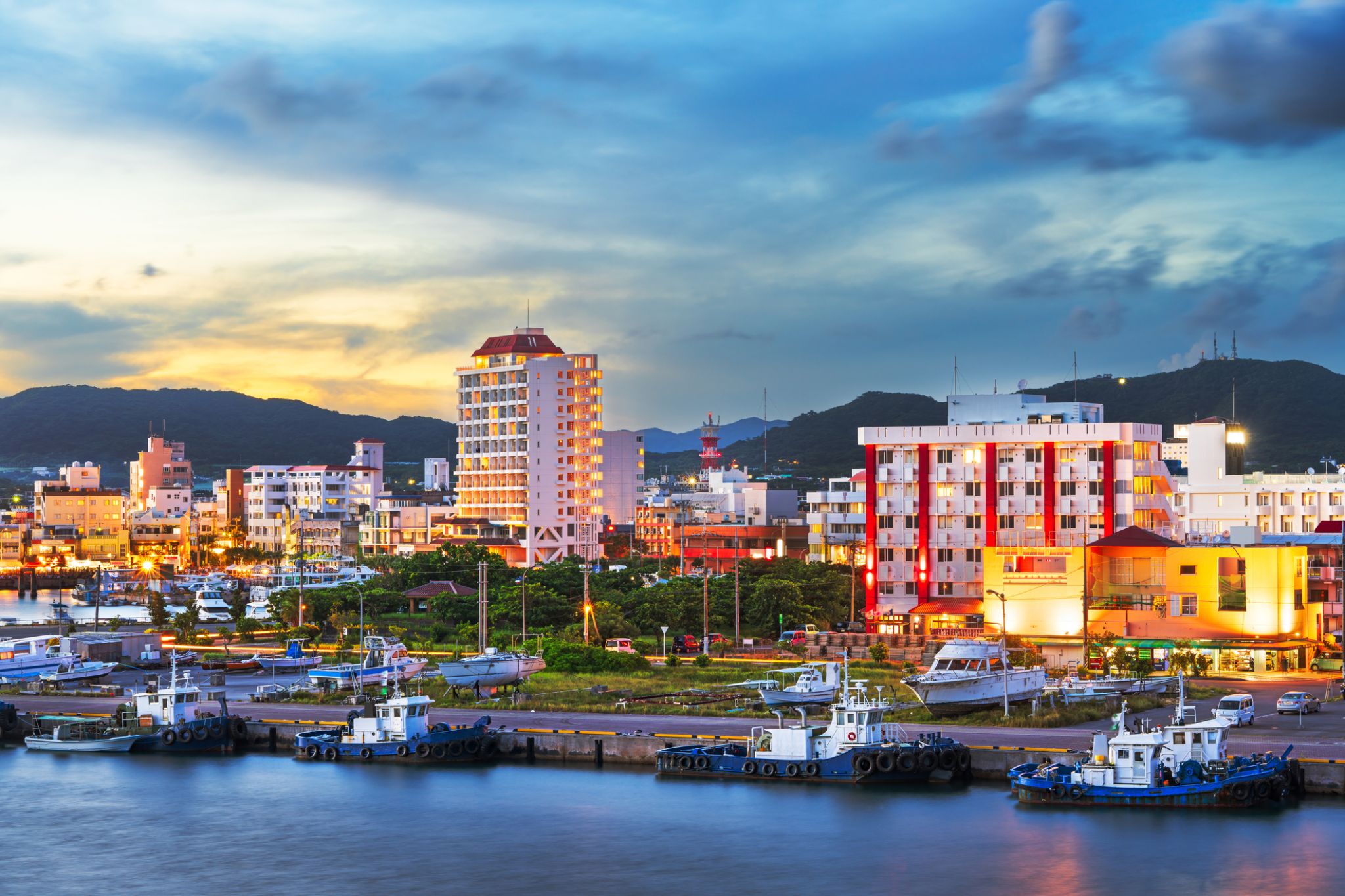
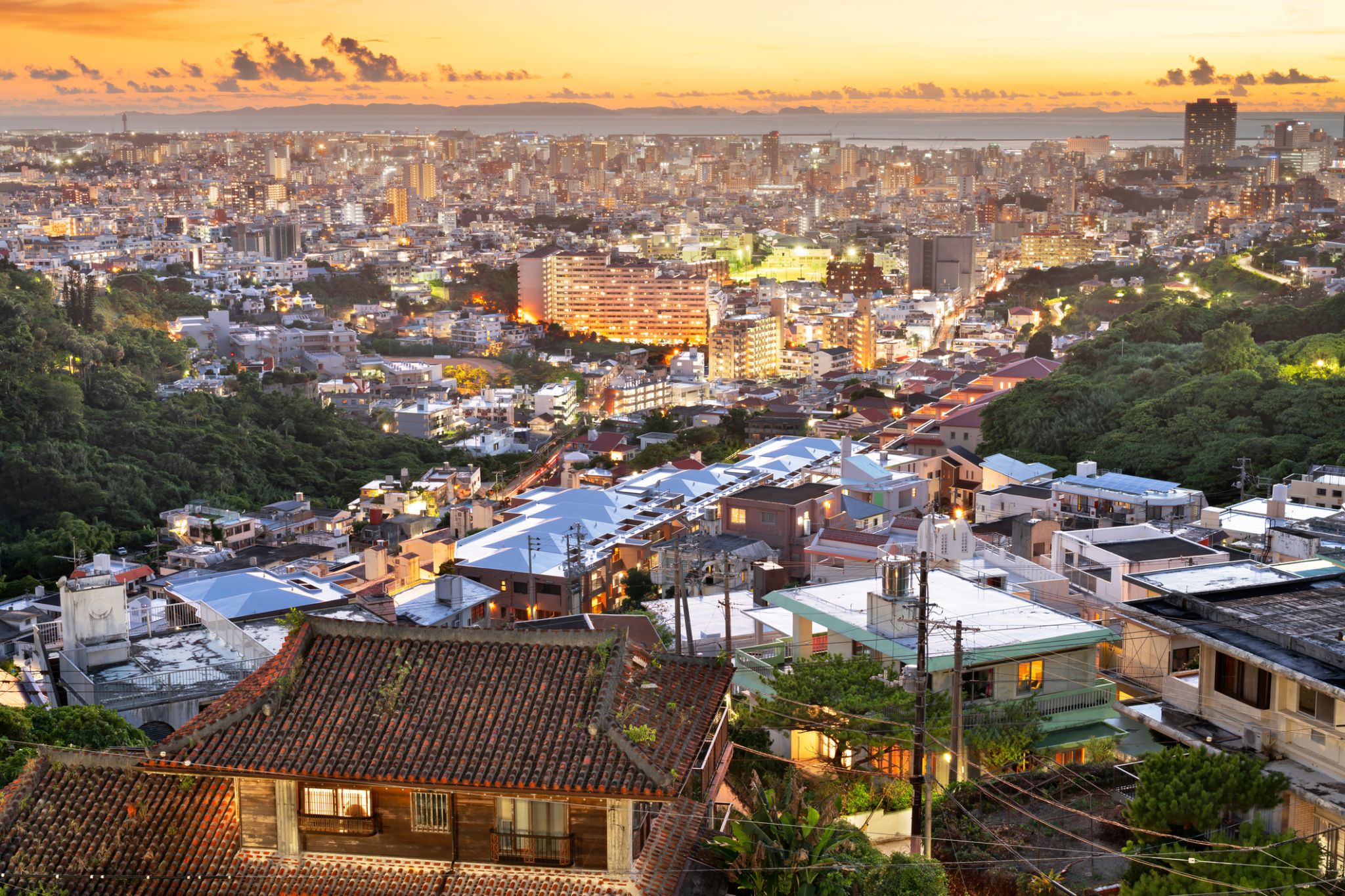
Naha — brama do kultury Riukiu i rytmów tropikalnej Japonii
Naha to główne miasto wyspy Okinawa i kulturalne serce dawnego Królestwa Riukiu. Mimo nowoczesnych budynków i ruchliwych ulic, miasto starannie pielęgnuje ślady swojej unikalnej przeszłości. Jedną z głównych atrakcji jest zamek Shuri — historyczna rezydencja królów Riukiu i obiekt Światowego Dziedzictwa UNESCO, częściowo odbudowany po pożarze w 2019 roku. W Naha znajduje się również słynna ulica Kokusai-dori — centrum handlu, gastronomii i rozrywki, gdzie można spróbować tradycyjnych dań Okinawy i zakupić rękodzieło lokalnych rzemieślników.
Miasto cieszy się ciepłym klimatem przez cały rok i stanowi punkt wyjścia do białych plaż i raf koralowych południowych wysp. W pobliżu centrum znajduje się ogród Fukushu-en — malowniczy chiński ogród przypominający o historycznych związkach Okinawy z Chinami. Targ Matsuyama i zabytkowa dzielnica Tsuboya, znana z ceramiki, pozwalają poczuć codzienne życie mieszkańców wyspy. Naha to idealne połączenie historii, kuchni i spokojnego, wyspiarskiego rytmu, jakiego nie znajdziesz nigdzie indziej w Japonii.

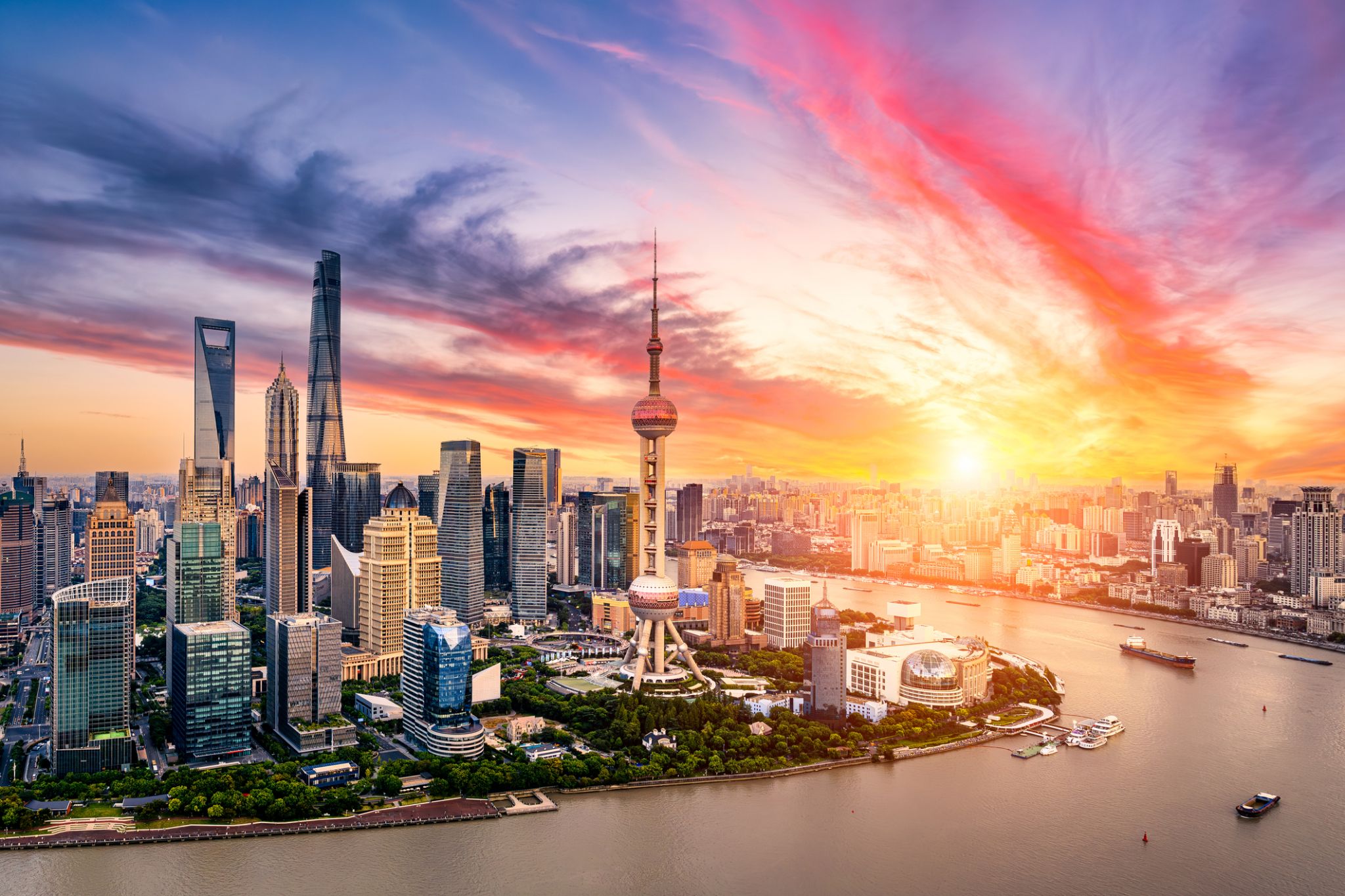
Shanghai is one of the four municipalities under the direct administration of the central government of the Republic of China, the largest city in China by population, and the second most populous city proper in the world, with a population of 24.18 million as of 2017. It is a global financial centre and transport hub, with the world's busiest container port. Located in the Yangtze River Delta, it sits on the south edge of the estuary of the Yangtze in the middle portion of the East Chinacoast. The municipality borders the provinces of Jiangsu and Zhejiang to the north, south and west, and is bounded to the east by the East China Sea.
As a major administrative, shipping and trading city, Shanghai grew in importance in the 19th century due to trade and recognition of its favourable port location and economic potential. The city was one of five treaty ports forced open to foreign trade following the British victory over China in the First Opium War. The subsequent 1842 Treaty of Nankingand 1844 Treaty of Whampoa allowed the establishment of the Shanghai International Settlement and the French Concession. The city then flourished as a centre of commerce between China and other parts of the world (predominantly the Occident), and became the primary financial hub of the Asia-Pacific region in the 1930s. However, with the Communist Party takeover of the mainland in 1949, trade was limited to other socialist countries, and the city's global influence declined. In the 1990s, the economic reforms introduced by Deng Xiaoping resulted in an intense re-development of the city, aiding the return of finance and foreign investment to the city. It has since re-emerged as a hub for international trade and finance; it is the home of the Shanghai Stock Exchange, one of the world's largest by market capitalization.
Shanghai has been described as the "showpiece" of the booming economy of mainland China; renowned for its Lujiazui skyline, and museums and historic buildings, such as those along The Bund, as well as the City God Templeand the Yu Garden.

Shanghai is one of the four municipalities under the direct administration of the central government of the Republic of China, the largest city in China by population, and the second most populous city proper in the world, with a population of 24.18 million as of 2017. It is a global financial centre and transport hub, with the world's busiest container port. Located in the Yangtze River Delta, it sits on the south edge of the estuary of the Yangtze in the middle portion of the East Chinacoast. The municipality borders the provinces of Jiangsu and Zhejiang to the north, south and west, and is bounded to the east by the East China Sea.
As a major administrative, shipping and trading city, Shanghai grew in importance in the 19th century due to trade and recognition of its favourable port location and economic potential. The city was one of five treaty ports forced open to foreign trade following the British victory over China in the First Opium War. The subsequent 1842 Treaty of Nankingand 1844 Treaty of Whampoa allowed the establishment of the Shanghai International Settlement and the French Concession. The city then flourished as a centre of commerce between China and other parts of the world (predominantly the Occident), and became the primary financial hub of the Asia-Pacific region in the 1930s. However, with the Communist Party takeover of the mainland in 1949, trade was limited to other socialist countries, and the city's global influence declined. In the 1990s, the economic reforms introduced by Deng Xiaoping resulted in an intense re-development of the city, aiding the return of finance and foreign investment to the city. It has since re-emerged as a hub for international trade and finance; it is the home of the Shanghai Stock Exchange, one of the world's largest by market capitalization.
Shanghai has been described as the "showpiece" of the booming economy of mainland China; renowned for its Lujiazui skyline, and museums and historic buildings, such as those along The Bund, as well as the City God Templeand the Yu Garden.

Shanghai is one of the four municipalities under the direct administration of the central government of the Republic of China, the largest city in China by population, and the second most populous city proper in the world, with a population of 24.18 million as of 2017. It is a global financial centre and transport hub, with the world's busiest container port. Located in the Yangtze River Delta, it sits on the south edge of the estuary of the Yangtze in the middle portion of the East Chinacoast. The municipality borders the provinces of Jiangsu and Zhejiang to the north, south and west, and is bounded to the east by the East China Sea.
As a major administrative, shipping and trading city, Shanghai grew in importance in the 19th century due to trade and recognition of its favourable port location and economic potential. The city was one of five treaty ports forced open to foreign trade following the British victory over China in the First Opium War. The subsequent 1842 Treaty of Nankingand 1844 Treaty of Whampoa allowed the establishment of the Shanghai International Settlement and the French Concession. The city then flourished as a centre of commerce between China and other parts of the world (predominantly the Occident), and became the primary financial hub of the Asia-Pacific region in the 1930s. However, with the Communist Party takeover of the mainland in 1949, trade was limited to other socialist countries, and the city's global influence declined. In the 1990s, the economic reforms introduced by Deng Xiaoping resulted in an intense re-development of the city, aiding the return of finance and foreign investment to the city. It has since re-emerged as a hub for international trade and finance; it is the home of the Shanghai Stock Exchange, one of the world's largest by market capitalization.
Shanghai has been described as the "showpiece" of the booming economy of mainland China; renowned for its Lujiazui skyline, and museums and historic buildings, such as those along The Bund, as well as the City God Templeand the Yu Garden.


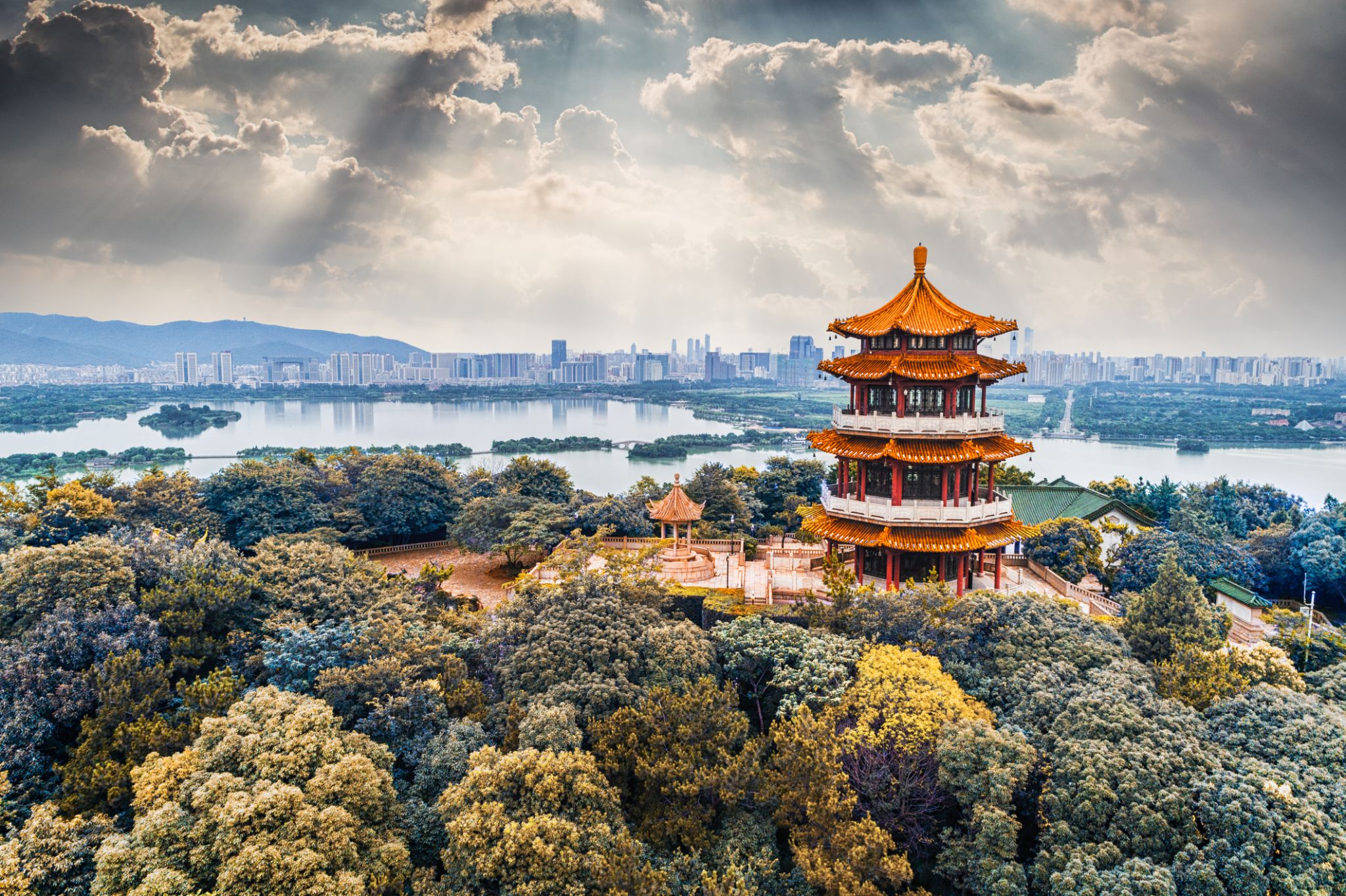
Beijing, formerly romanized as Peking, is the capital of the People's Republic of China, the world's third most populous city proper, and most populous capital city. The city, located in northern China, is governed as a municipality under the direct administration of central government with 16 urban, suburban, and rural districts. Beijing Municipality is surrounded by HebeiProvince with the exception of neighboring Tianjin Municipality to the southeast; together the three divisions form the Jingjinji metropolitan region and the national capital region of China.
Beijing is an important world capital and global power city, and one of the world's leading centers for politics, economy and business, finance, education, culture, innovation and technology, architecture, language, and diplomacy. A megacity, Beijing is the second largest Chinese city by urban population after Shanghai and is the nation's political, cultural, and educational center. It is home to the headquarters of most of China's largest state-owned companiesand houses the largest number of Fortune Global 500 companies in the world, as well as the world's four biggest financial institutions. It is also a major hub for the national highway, expressway, railway, and high-speed railnetworks. The Beijing Capital International Airport has been the second busiest in the world by passenger traffic since 2010, and, as of 2016, the city's subway network is the busiest and second longest in the world.
Combining both modern and traditional architecture, Beijing is one of the oldest cities in the world, with a rich historydating back three millennia. As the last of the Four Great Ancient Capitals of China, Beijing has been the political center of the country for most of the past eight centuries, and was the largest city in the world by population for much of the second millennium A.D. Encyclopædia Britannica notes that "few cities in the world have served for so long as the political headquarters and cultural center of an area as immense as China." With mountains surrounding the inland city on three sides, in addition to the old inner and outer city walls, Beijing was strategically poised and developed to be the residence of the emperor and thus was the perfect location for the imperial capital. The city is renowned for its opulent palaces, temples, parks, gardens, tombs, walls and gates. It has seven UNESCO World Heritage Sites—the Forbidden City, Temple of Heaven, Summer Palace, Ming Tombs, Zhoukoudian, and parts of the Great Wall and the Grand Canal— all popular locations for tourism. Siheyuans, the city's traditional housing style, and hutongs, the narrow alleys between siheyuans, are major tourist attractions and are common in urban Beijing.
Many of Beijing's 91 universities consistently rank among the best in China, such as the Peking University and Tsinghua University. Beijing CBD is a center for Beijing's economic expansion, with the ongoing or recently completed construction of multiple skyscrapers. Beijing's Zhongguancun area is known as China's Silicon Valley and a center of innovation and technology entrepreneurship.

Beijing, formerly romanized as Peking, is the capital of the People's Republic of China, the world's third most populous city proper, and most populous capital city. The city, located in northern China, is governed as a municipality under the direct administration of central government with 16 urban, suburban, and rural districts. Beijing Municipality is surrounded by HebeiProvince with the exception of neighboring Tianjin Municipality to the southeast; together the three divisions form the Jingjinji metropolitan region and the national capital region of China.
Beijing is an important world capital and global power city, and one of the world's leading centers for politics, economy and business, finance, education, culture, innovation and technology, architecture, language, and diplomacy. A megacity, Beijing is the second largest Chinese city by urban population after Shanghai and is the nation's political, cultural, and educational center. It is home to the headquarters of most of China's largest state-owned companiesand houses the largest number of Fortune Global 500 companies in the world, as well as the world's four biggest financial institutions. It is also a major hub for the national highway, expressway, railway, and high-speed railnetworks. The Beijing Capital International Airport has been the second busiest in the world by passenger traffic since 2010, and, as of 2016, the city's subway network is the busiest and second longest in the world.
Combining both modern and traditional architecture, Beijing is one of the oldest cities in the world, with a rich historydating back three millennia. As the last of the Four Great Ancient Capitals of China, Beijing has been the political center of the country for most of the past eight centuries, and was the largest city in the world by population for much of the second millennium A.D. Encyclopædia Britannica notes that "few cities in the world have served for so long as the political headquarters and cultural center of an area as immense as China." With mountains surrounding the inland city on three sides, in addition to the old inner and outer city walls, Beijing was strategically poised and developed to be the residence of the emperor and thus was the perfect location for the imperial capital. The city is renowned for its opulent palaces, temples, parks, gardens, tombs, walls and gates. It has seven UNESCO World Heritage Sites—the Forbidden City, Temple of Heaven, Summer Palace, Ming Tombs, Zhoukoudian, and parts of the Great Wall and the Grand Canal— all popular locations for tourism. Siheyuans, the city's traditional housing style, and hutongs, the narrow alleys between siheyuans, are major tourist attractions and are common in urban Beijing.
Many of Beijing's 91 universities consistently rank among the best in China, such as the Peking University and Tsinghua University. Beijing CBD is a center for Beijing's economic expansion, with the ongoing or recently completed construction of multiple skyscrapers. Beijing's Zhongguancun area is known as China's Silicon Valley and a center of innovation and technology entrepreneurship.

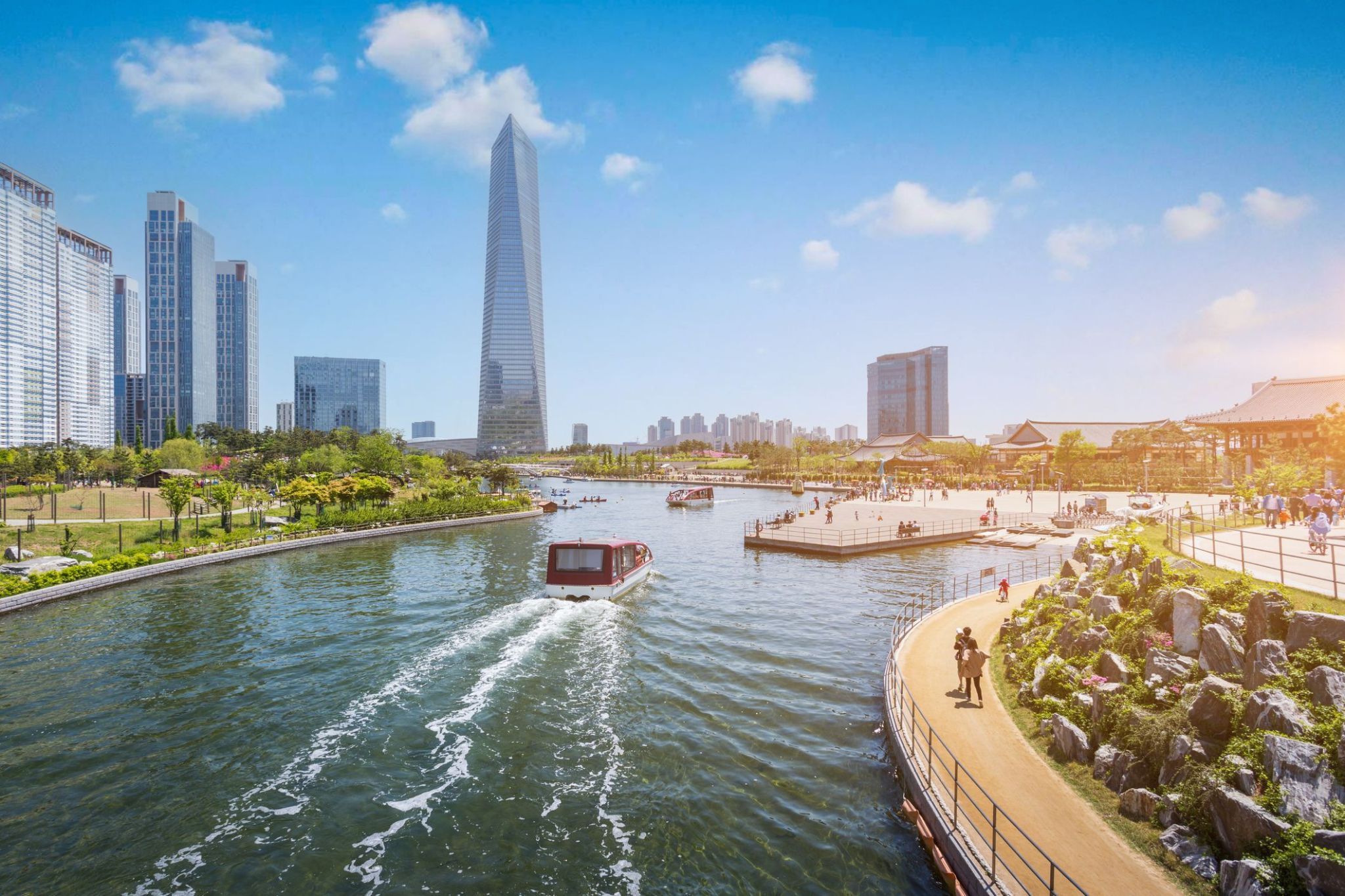
Incheon to portowe miasto położone na zachodnim wybrzeżu Korei Południowej, zaledwie 40 kilometrów od Seulu. Jako ważny węzeł komunikacyjny, Incheon słynie z międzynarodowego lotniska, które jest jednym z największych w Azji i stanowi ważny punkt przesiadkowy dla podróżnych zmierzających do Korei Południowej. Miasto jest także znane z malowniczych promenad, pięknych plaż i wysp, które idealnie nadają się do relaksujących spacerów. Jednym z najpopularniejszych miejsc turystycznych jest nadmorska promenada Incheon z unikalnym mostem, który oferuje zapierające dech w piersiach widoki na zatokę i pobliskie wyspy.
Dodatkowo, Incheon ma bogatą historię kulturalną, szczególnie w rejonie wyspy Munsoo, gdzie można odwiedzić starożytne świątynie i tradycyjne koreańskie wioski. Miasto zyskało popularność w 1950 roku dzięki Operacji Incheon, jednej z kluczowych bitew wojny koreańskiej. Dla miłośników współczesnej kultury, Incheon organizuje wystawy i festiwale, a lokalne restauracje serwują najlepsze dania kuchni koreańskiej, szczególnie owoce morza, które są szczególnie popularne dzięki bliskości morza.

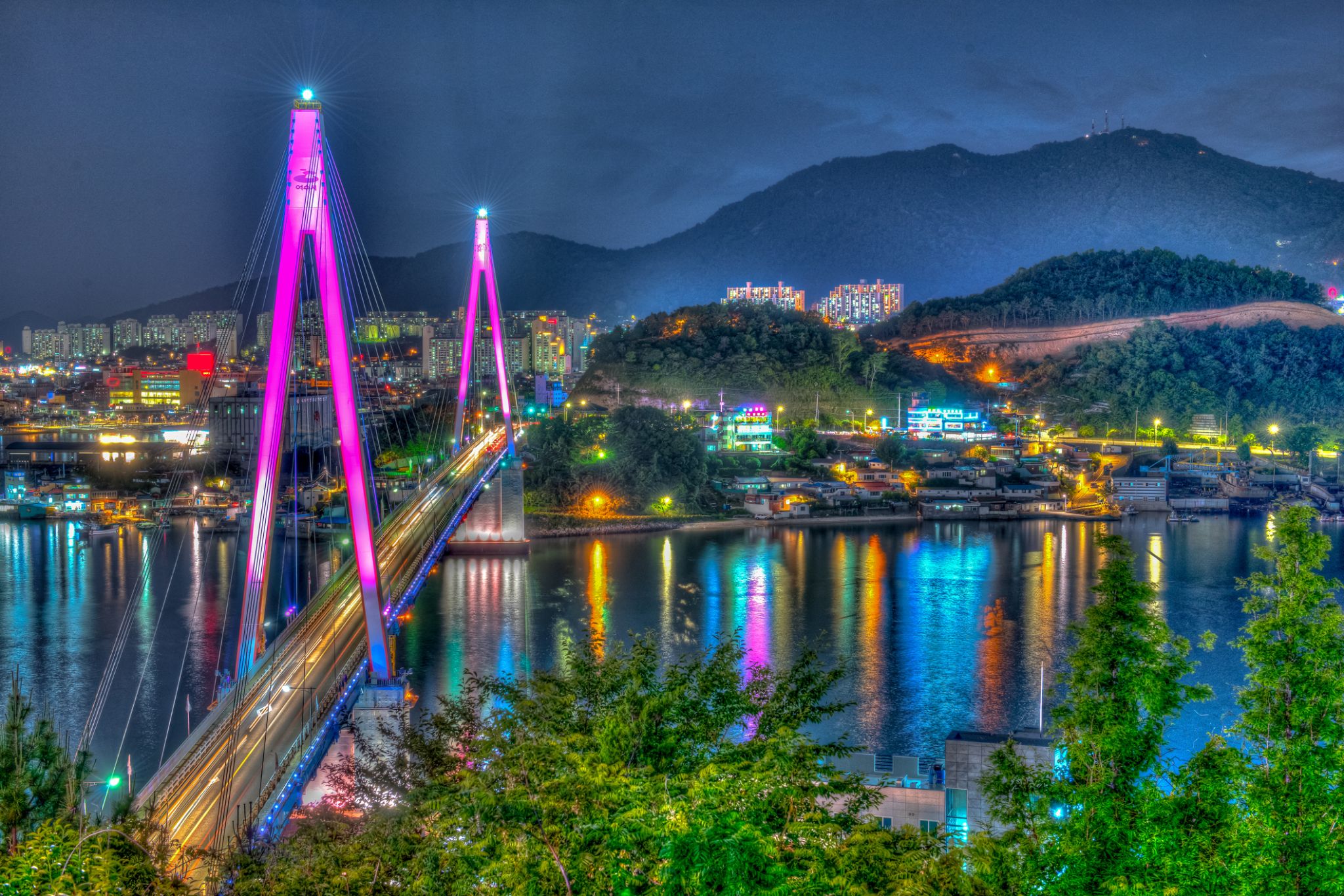
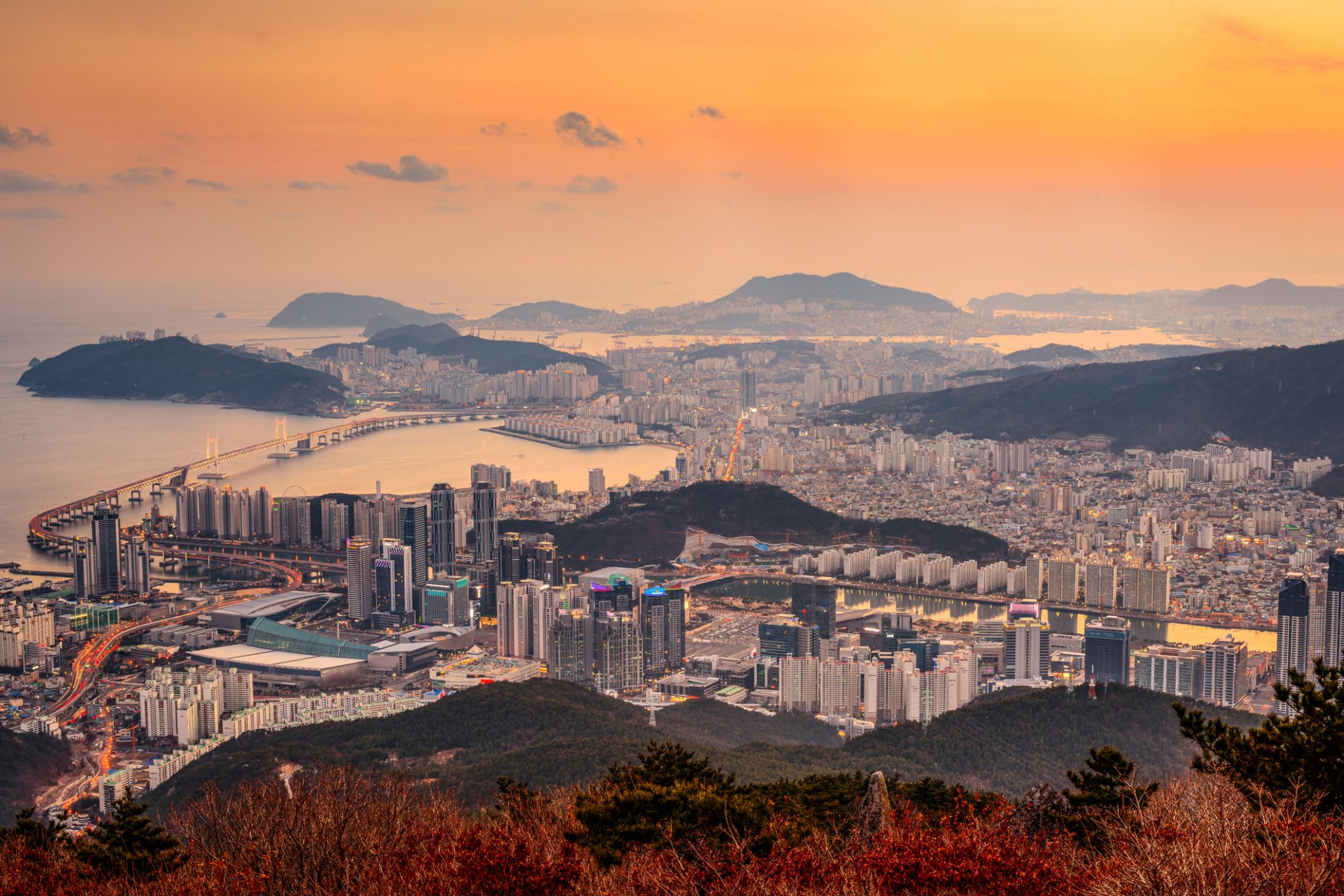
Busan, formerly known as Pusan and now officially Busan Metropolitan City, is South Korea's second most-populous city after Seoul, with a population of over 3.5 million inhabitants. It is the economic, cultural and educational center of southeastern Korea, with its port—Korea's busiest and the 9th-busiest in the world—only about 120 miles (190 km) from the Japanese islands of Kyushu and Honshu. The surrounding "Southeast Economic Zone" (including Ulsan and South Gyeongsang) is now South Korea's largest industrial area.

Busan, formerly known as Pusan and now officially Busan Metropolitan City, is South Korea's second most-populous city after Seoul, with a population of over 3.5 million inhabitants. It is the economic, cultural and educational center of southeastern Korea, with its port—Korea's busiest and the 9th-busiest in the world—only about 120 miles (190 km) from the Japanese islands of Kyushu and Honshu. The surrounding "Southeast Economic Zone" (including Ulsan and South Gyeongsang) is now South Korea's largest industrial area.
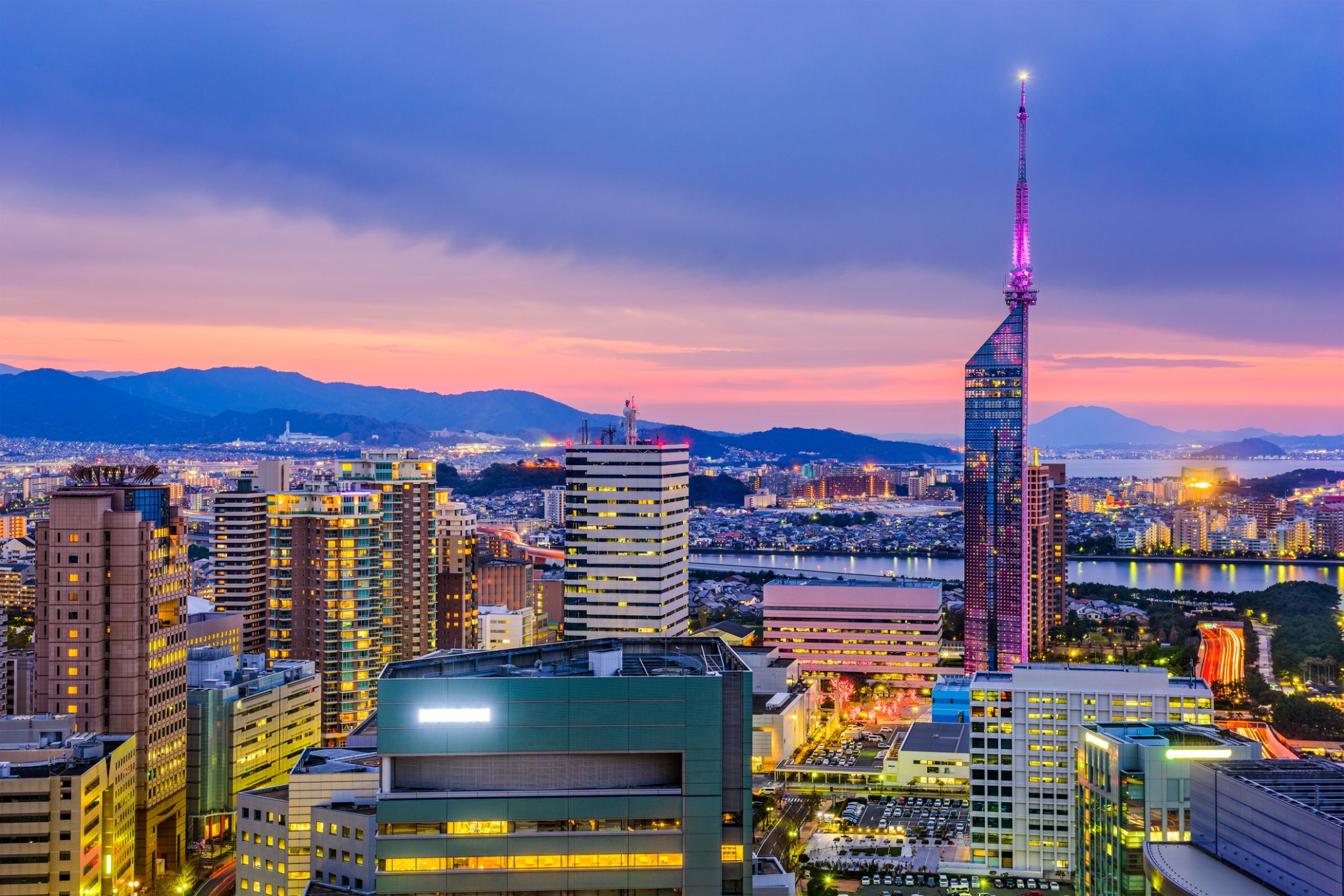

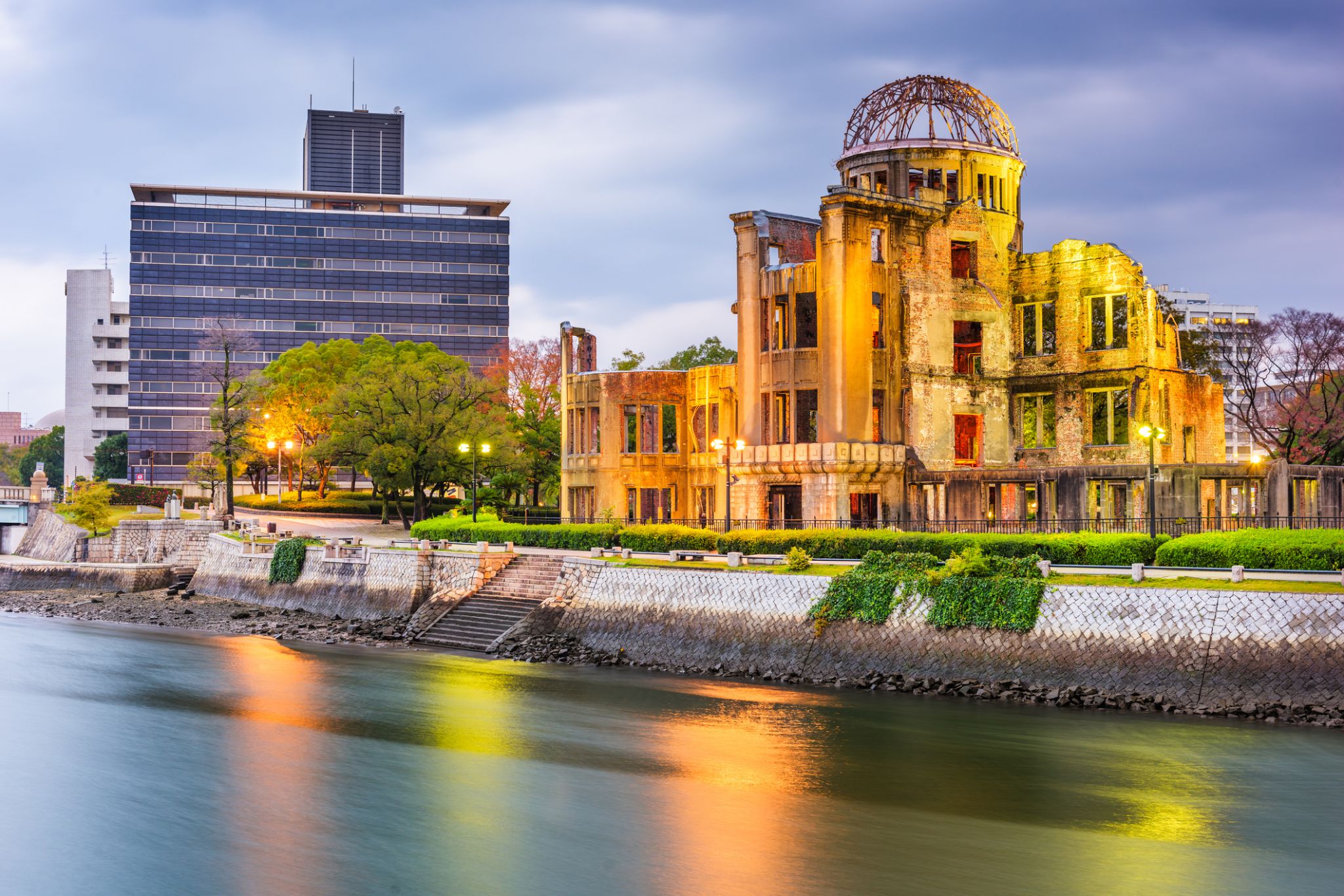
a city in southwestern Japan, on the southern coast of the island of Honshu; population 1,144,572 (2007). It was the target of the first atom bomb, which was dropped by the US on August 6, 1945, and resulted in the deaths of about one third of the city's population of 300,000. This, with a second attack on Nagasaki three days later, led to Japan's surrender and to the end of World War II.
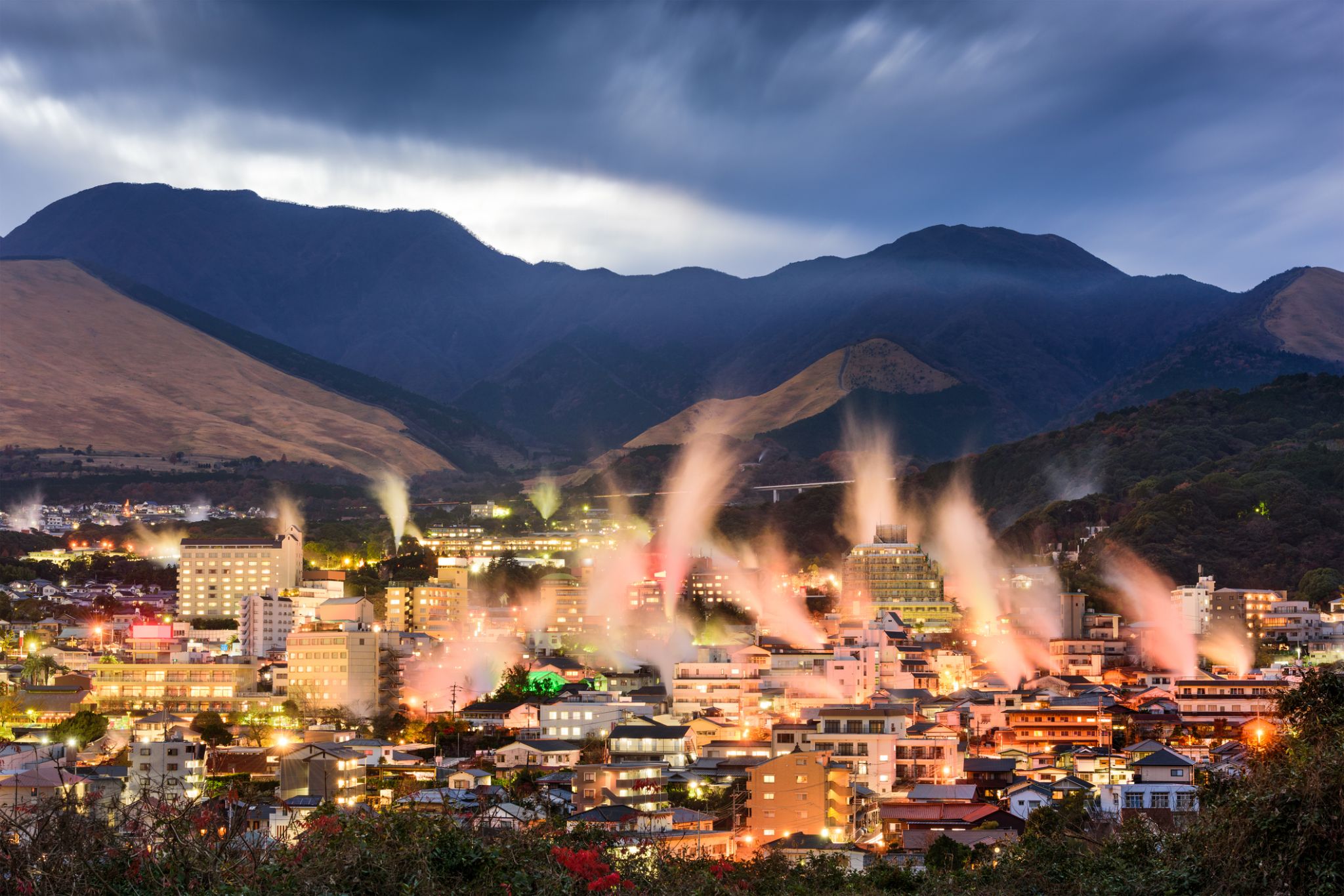
Beppu is a city in Ōita Prefecture on the island of Kyushu, Japan, at the west end of Beppu Bay. As of March 31, 2017, the city had a population of 122,643 and a population density of 980/km2 (2,500/sq mi). The total area is 125.13 km2 (48.31 sq mi). Beppu is famous for its hot springs.
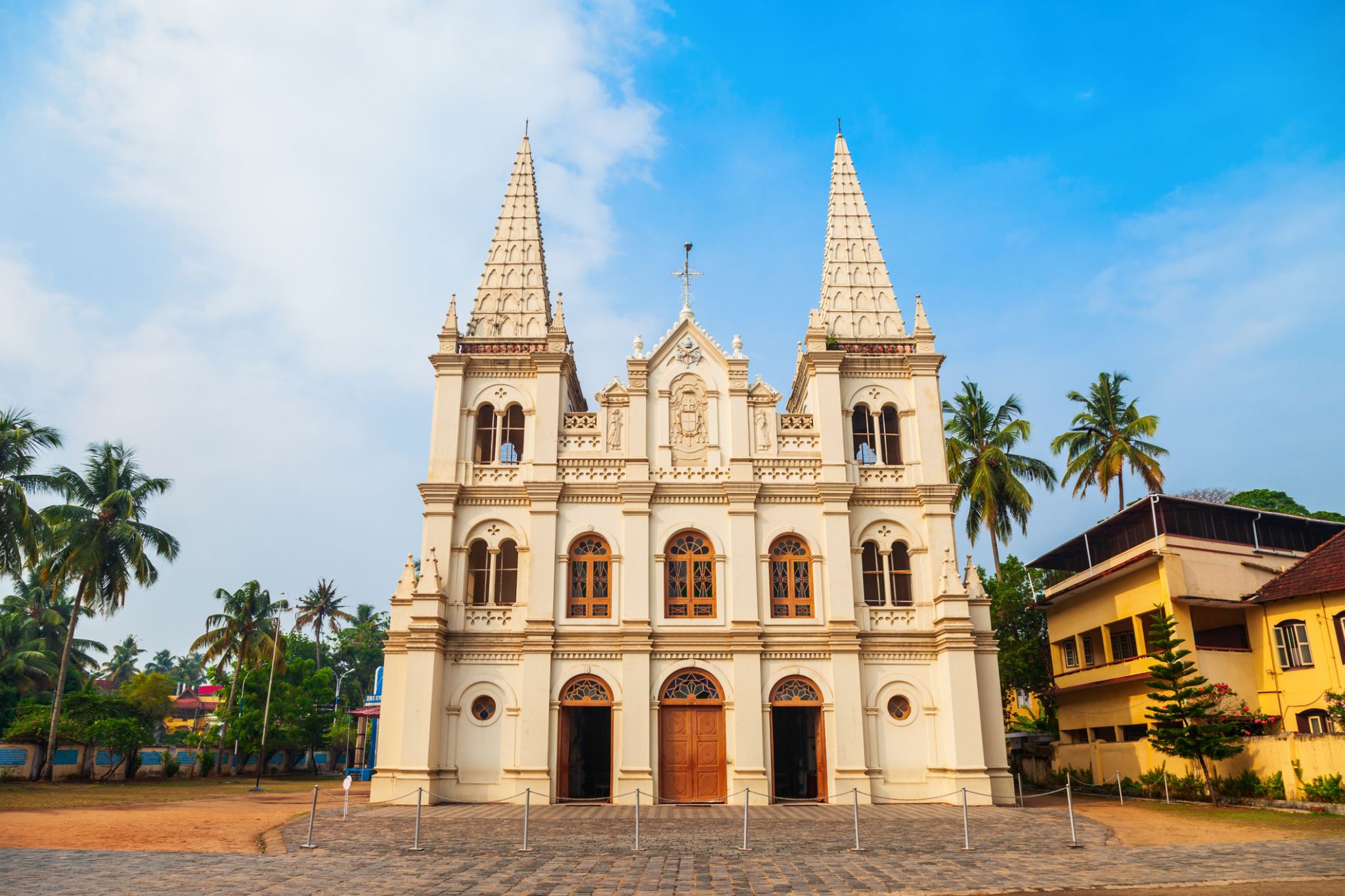
a seaport and naval base on the Malabar Coast of southwestern India, in the state of Kerala; population 254,500 (est. 2009).
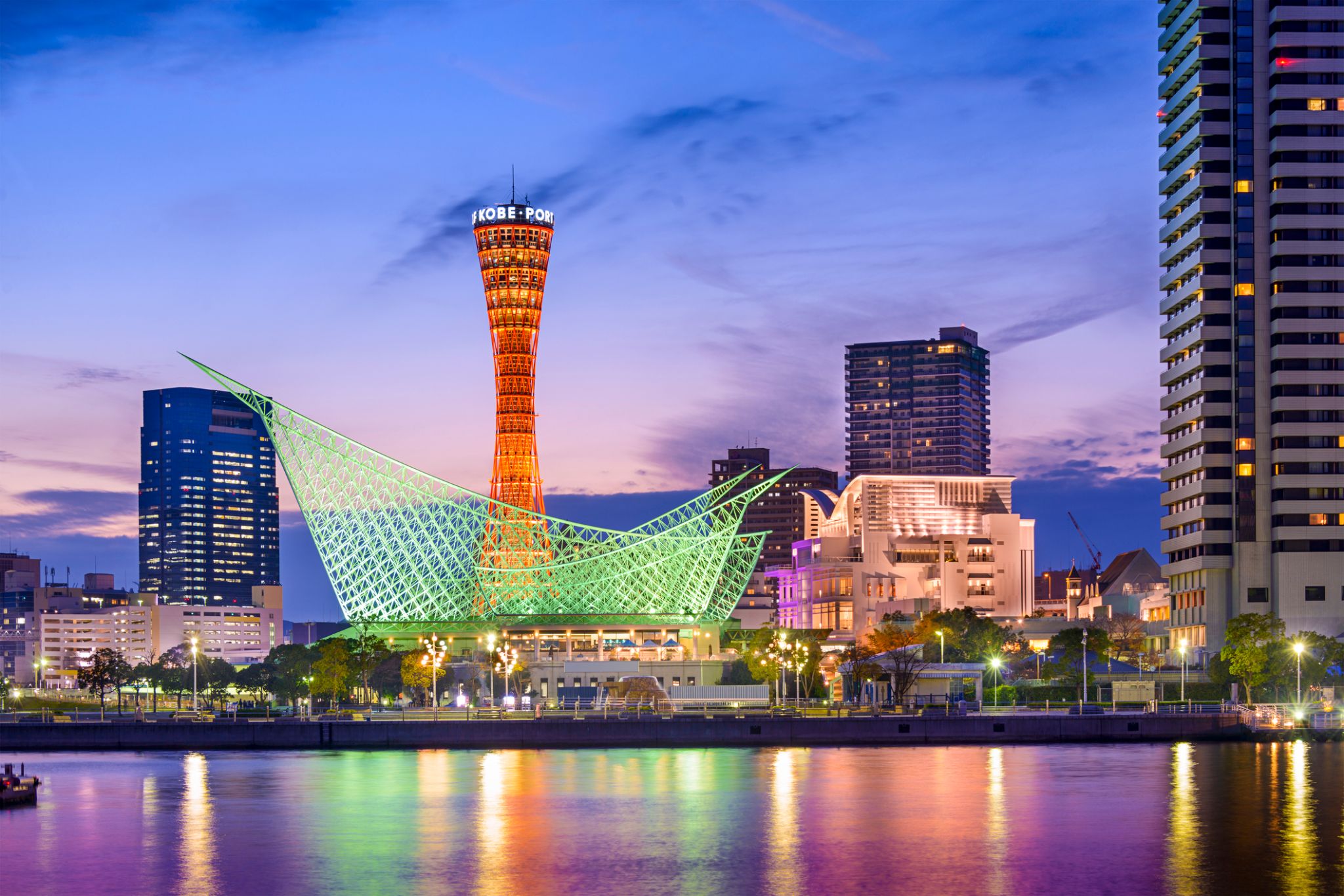

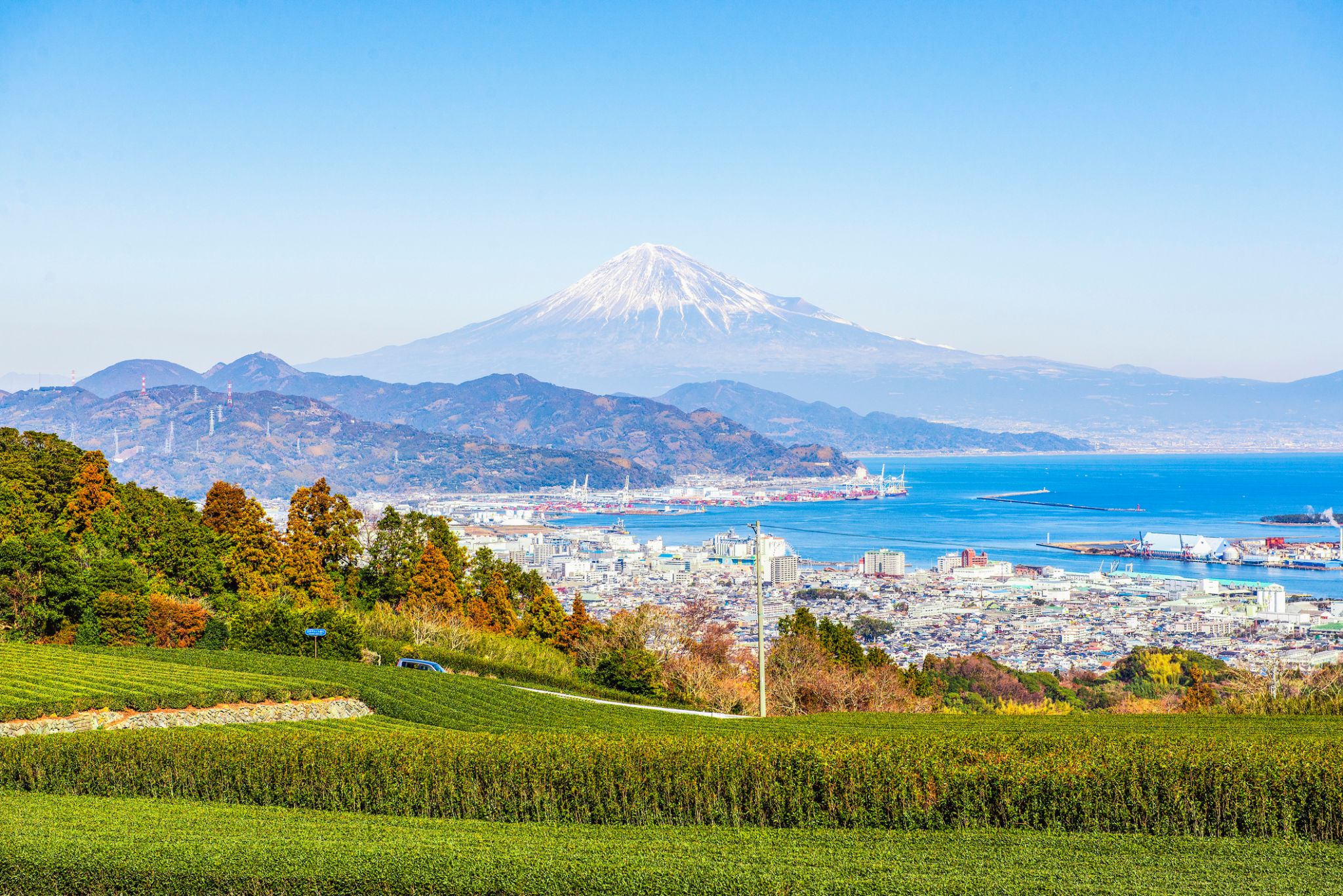
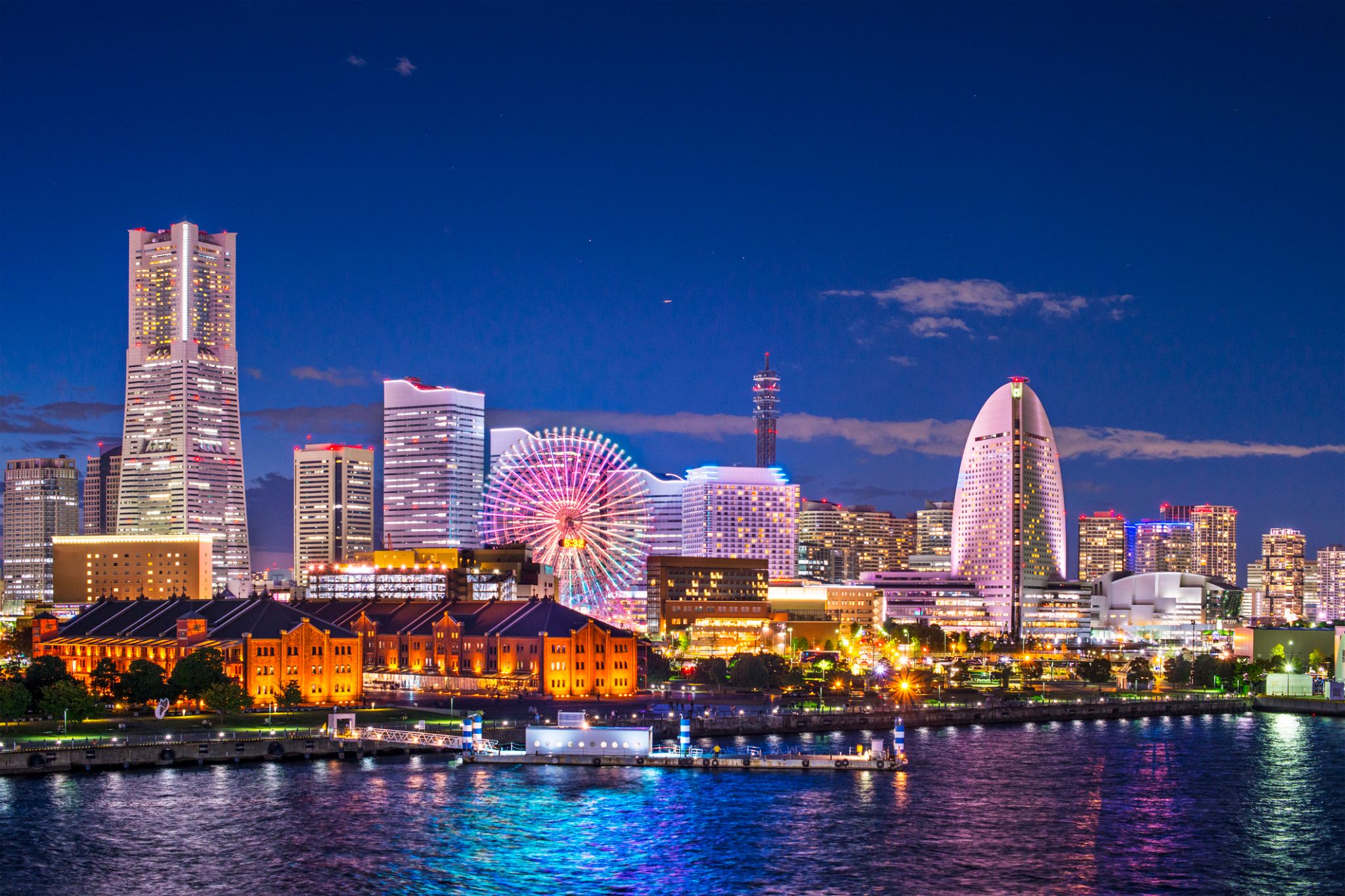
Tokyo, officially Tokyo Metropolis, one of the 47 prefectures of Japan, has served as the Japanese capital since 1869. As of 2014, the Greater Tokyo Arearanked as the most populous metropolitan area in the world. The urban area houses the seat of the Emperor of Japan, of the Japanese government and of the National Diet. Tokyo forms part of the Kantō region on the southeastern side of Japan's main island, Honshu, and includes the Izu Islands and Ogasawara Islands. Tokyo was formerly named Edo when Shōgun Tokugawa Ieyasu made the city his headquarters in 1603. It became the capital after Emperor Meiji moved his seat to the city from Kyoto in 1868; at that time Edo was renamed Tokyo. Tokyo Metropolis formed in 1943 from the merger of the former Tokyo Prefecture and the city of Tokyo. Tokyo is often referred to as a city but is officially known and governed as a "metropolitan prefecture", which differs from and combines elements of a city and a prefecture, a characteristic unique to Tokyo.
The 23 Special Wards of Tokyo were formerly Tokyo City. On July 1, 1943, it merged with Tokyo Prefecture and became Tokyo Metropolis with an additional 26 municipalities in the western part of the prefecture, and the Izu islandsand Ogasawara islands south of Tokyo. The population of the special wards is over 9 million people, with the total population of Tokyo Metropolis exceeding 13.8 million. The prefecture is part of the world's most populous metropolitan area called the Greater Tokyo Area with over 38 million people and the world's largest urban agglomeration economy. As of 2011, Tokyo hosted 51 of the Fortune Global 500 companies, the highest number of any city in the world at that time. Tokyo ranked third (twice) in the International Financial Centres Development Index. The city is home to various television networks such as Fuji TV, Tokyo MX, TV Tokyo, TV Asahi, Nippon Television, NHK and the Tokyo Broadcasting System.

Tokyo, officially Tokyo Metropolis, one of the 47 prefectures of Japan, has served as the Japanese capital since 1869. As of 2014, the Greater Tokyo Arearanked as the most populous metropolitan area in the world. The urban area houses the seat of the Emperor of Japan, of the Japanese government and of the National Diet. Tokyo forms part of the Kantō region on the southeastern side of Japan's main island, Honshu, and includes the Izu Islands and Ogasawara Islands. Tokyo was formerly named Edo when Shōgun Tokugawa Ieyasu made the city his headquarters in 1603. It became the capital after Emperor Meiji moved his seat to the city from Kyoto in 1868; at that time Edo was renamed Tokyo. Tokyo Metropolis formed in 1943 from the merger of the former Tokyo Prefecture and the city of Tokyo. Tokyo is often referred to as a city but is officially known and governed as a "metropolitan prefecture", which differs from and combines elements of a city and a prefecture, a characteristic unique to Tokyo.
The 23 Special Wards of Tokyo were formerly Tokyo City. On July 1, 1943, it merged with Tokyo Prefecture and became Tokyo Metropolis with an additional 26 municipalities in the western part of the prefecture, and the Izu islandsand Ogasawara islands south of Tokyo. The population of the special wards is over 9 million people, with the total population of Tokyo Metropolis exceeding 13.8 million. The prefecture is part of the world's most populous metropolitan area called the Greater Tokyo Area with over 38 million people and the world's largest urban agglomeration economy. As of 2011, Tokyo hosted 51 of the Fortune Global 500 companies, the highest number of any city in the world at that time. Tokyo ranked third (twice) in the International Financial Centres Development Index. The city is home to various television networks such as Fuji TV, Tokyo MX, TV Tokyo, TV Asahi, Nippon Television, NHK and the Tokyo Broadcasting System.
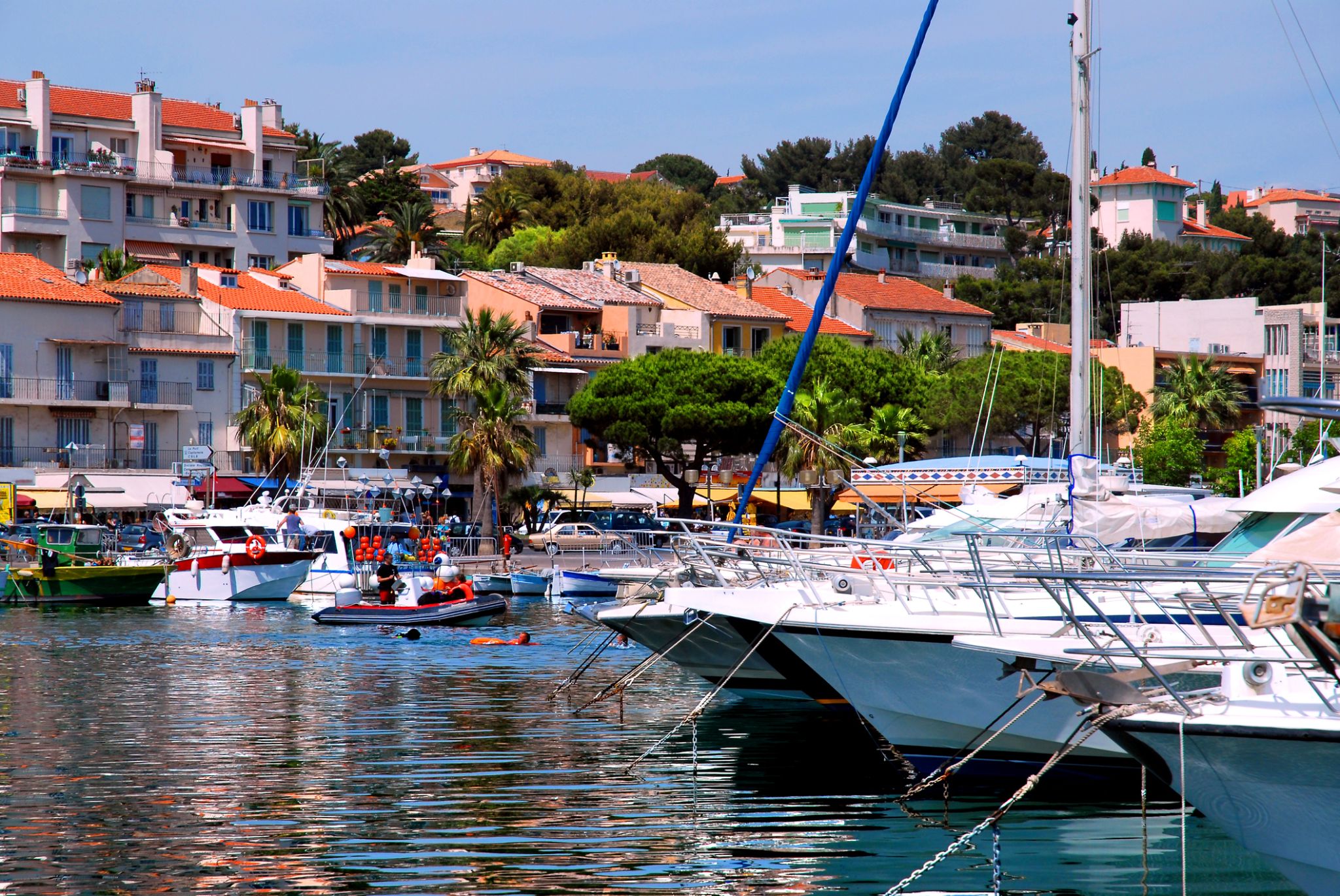
Bandol is a commune in Var department, Provence-Alpes-Côte d'Azur region, southeastern France. Bandol and the seat of its eponymous commune, was founded in 1595 and built around a small military fort.
The Bandol wine region, located near the coast east of Marseille and Cassis, is one of Provence’s most internationally recognized wine regions. Built around the village of Bandol, west of Toulon, the Bandol AOC covers the production of 8 communes with silicon & limestone soils. Those soils and the warm, coastal climate are ideally suited for the late ripening Mourvèdre grape which is the major variety of the region. For both the red and rosé wines, Mourvèdre must account for at least 50% of the blend, though most producers will use significantly more, with Grenache & Cinsaut usually filling out the rest of the wine’s composition.
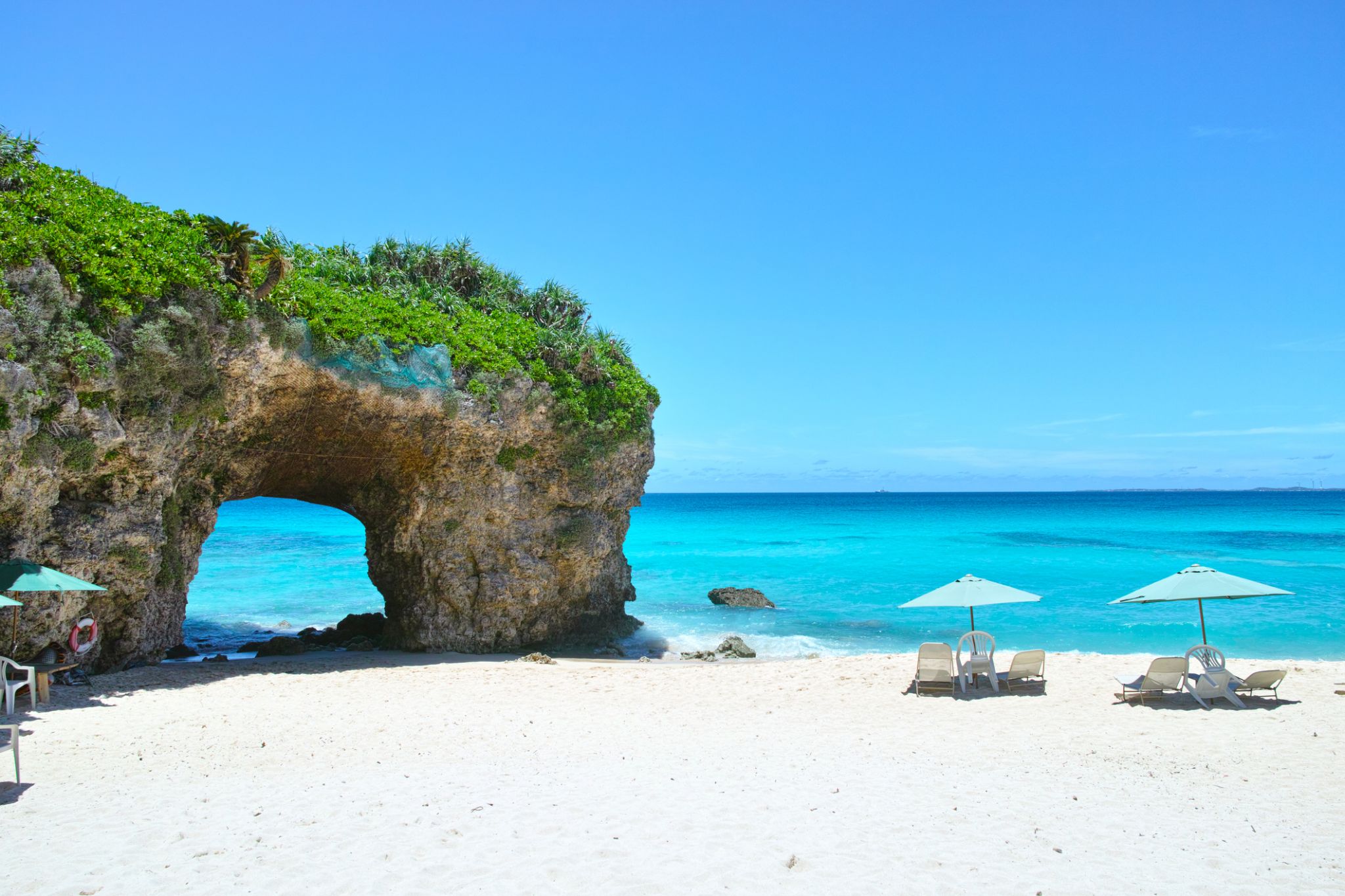








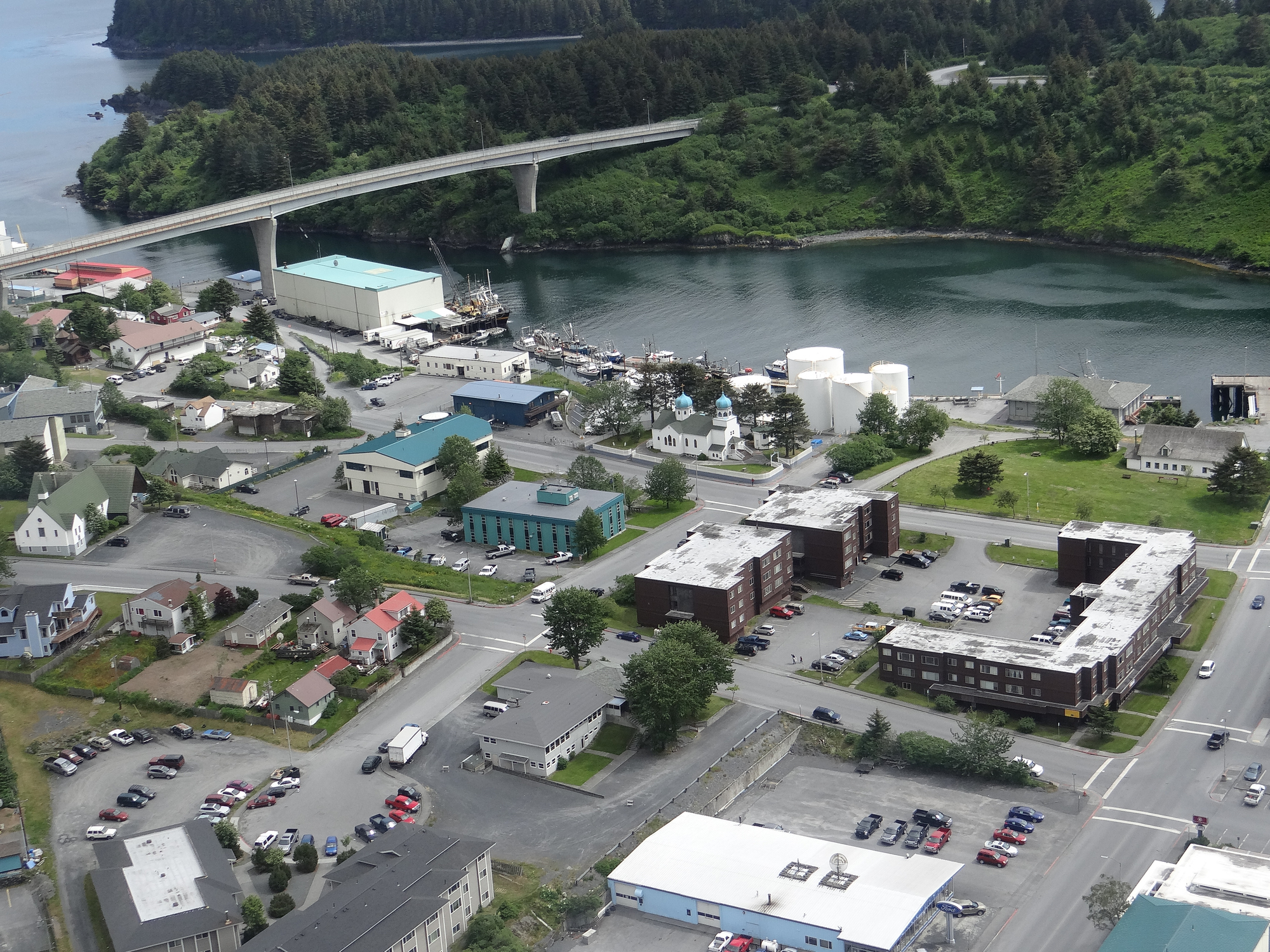
Kodiak is one of seven communities and the main city on Kodiak Island, Kodiak Island Borough, in the U.S. state of Alaska. All commercial transportation between the entire island and the outside world goes through this city either via ferryboat or airline. The population was 6,130 as of the 2010 census. 2014 estimates put the population at 6,304.
Originally inhabited by Alutiiq natives for over 7,000 years, the city was settled in the 18th century by the subjects of the Russian crown and became the capital of Russian Alaska.
Harvesting of the area's sea otter pelts led to the near extinction of the animal in the following century and led to wars with and enslavement of the natives for over 150 years.
After the Alaska Purchase by the United States in 1867, Kodiak became a commercial fishing center which continues to be the mainstay of its economy. A lesser economic influence includes tourism, mainly by those seeking outdoor adventure trips. Salmon, halibut, the unique Kodiak bear, elk, Sitka deer (black tail), and mountain goats attract hunting tourists as well as fishermen to the Kodiak Archipelago. The Alaska Department of Fish and Game maintains an office in the city and a website to help hunters and fishermen obtain the proper permits and learn about the laws specific to the Kodiak area.

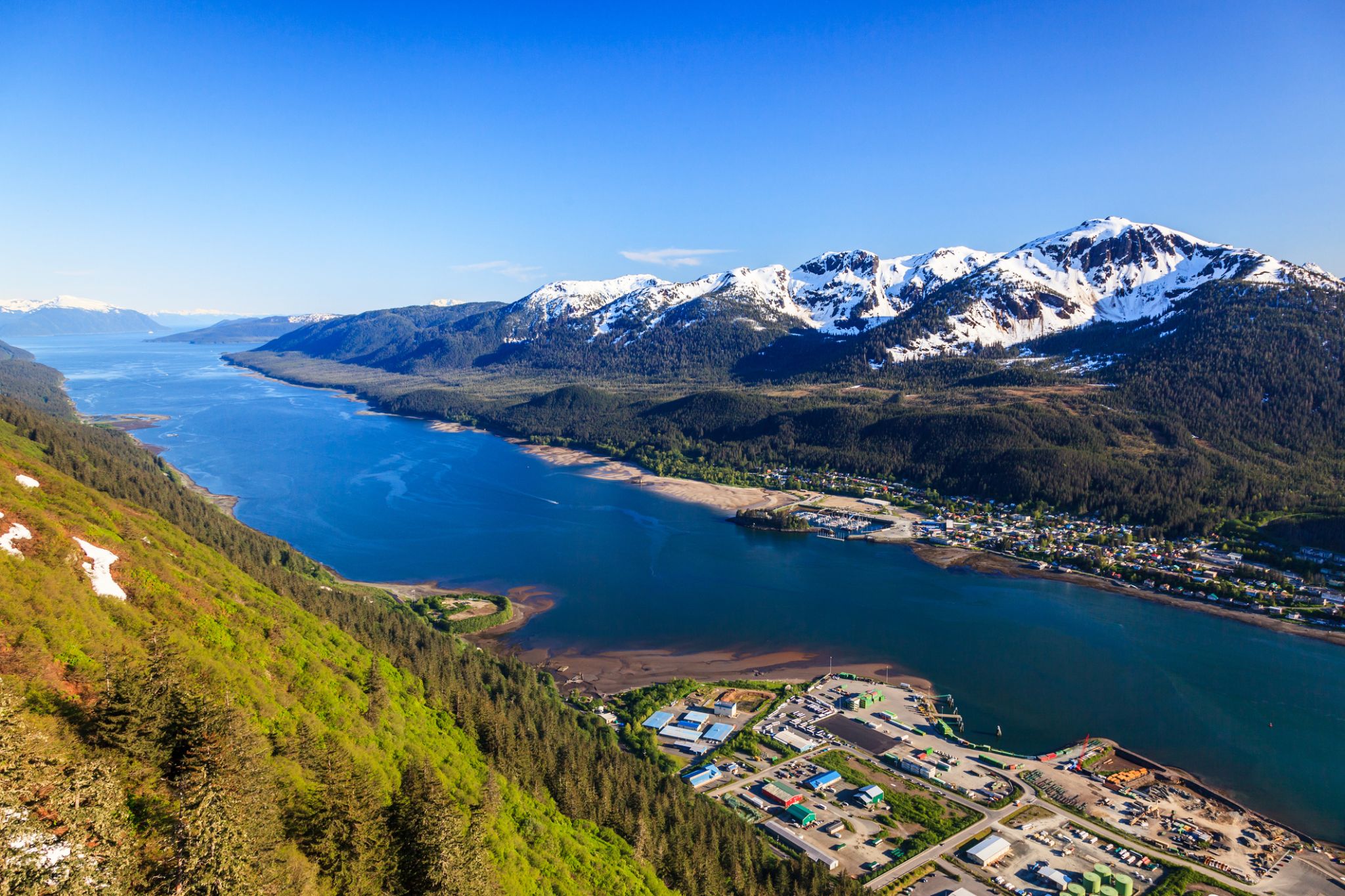
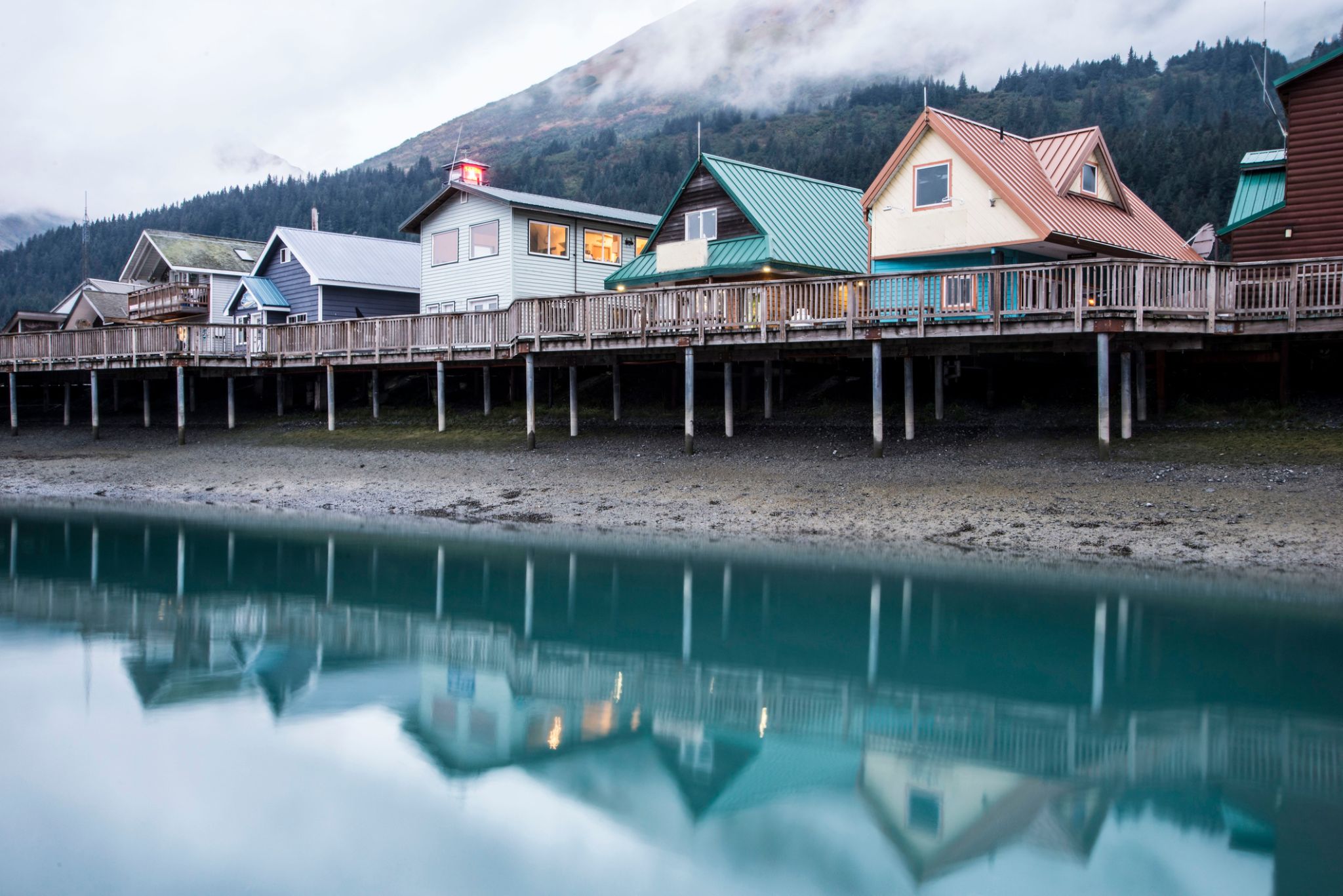
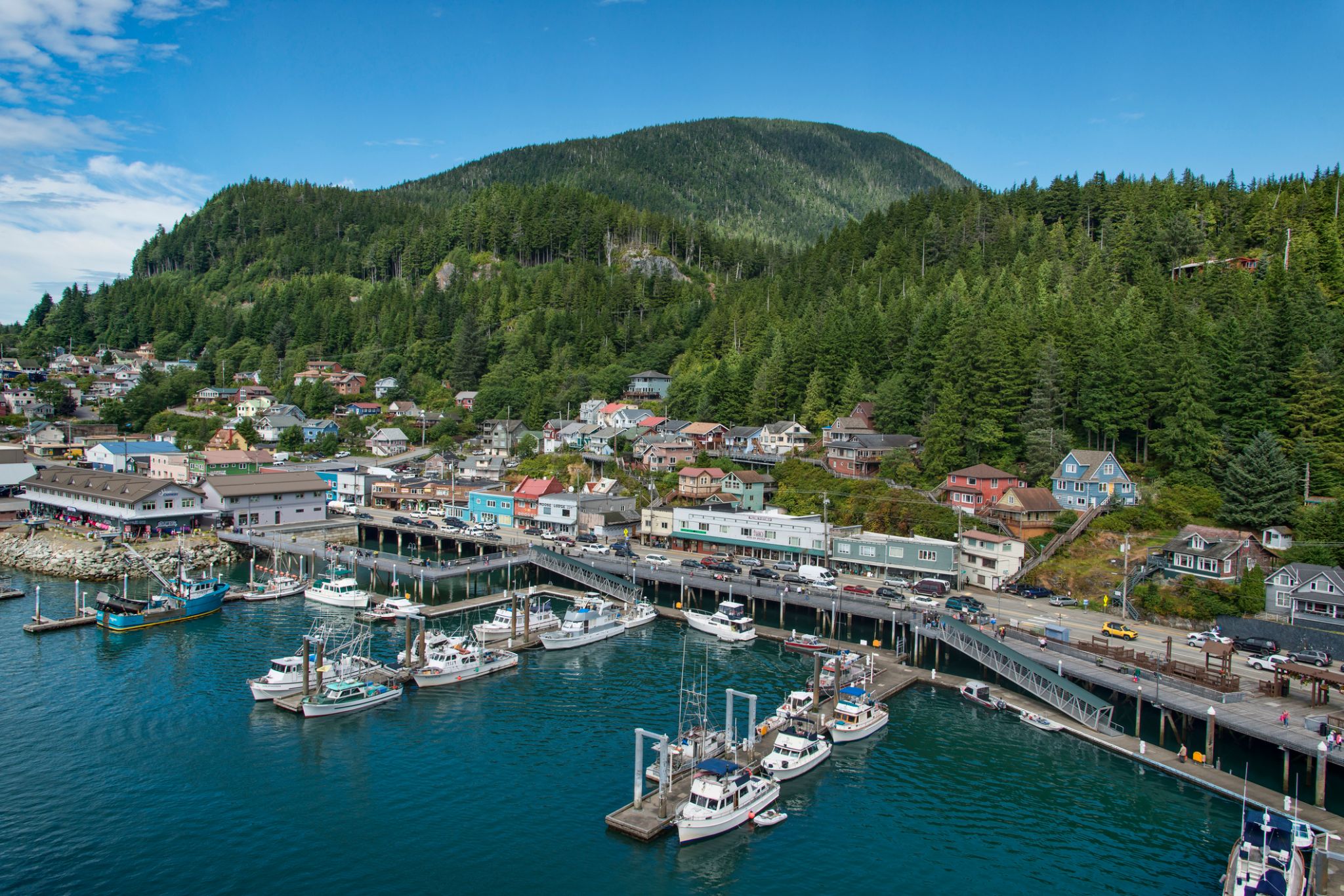
Ketchikan is a city in the Ketchikan Gateway Borough, Alaska, United States, the southeasternmost city in Alaska. With a population at the 2010 census of 8,050, it is the fifth-most populous city in the state, and tenth-most populous community when census-designated places are included. The surrounding borough, encompassing suburbs both north and south of the city along the Tongass Highway (most of which are commonly regarded as a part of Ketchikan, albeit not a part of the city itself), plus small rural settlements accessible mostly by water, registered a population of 13,477 in that same census. Estimates put the 2017 population at 13,754 people. Incorporated on August 25, 1900, Ketchikan is the earliest extant incorporated city in Alaska, because consolidation or unification elsewhere in Alaska resulted in dissolution of those communities' city governments. Ketchikan is located on Revillagigedo Island, so named in 1793 by Captain George Vancouver.
Ketchikan is named after Ketchikan Creek, which flows through the town, emptying into the Tongass Narrows a short distance southeast of its downtown. "Ketchikan" comes from the Tlingit name for the creek, Kitschk-hin, the meaning of which is unclear. It may mean "the river belonging to Kitschk"; other accounts claim it means "Thundering Wings of an Eagle". In modern Tlingit this name is rendered as Kichx̱áan.


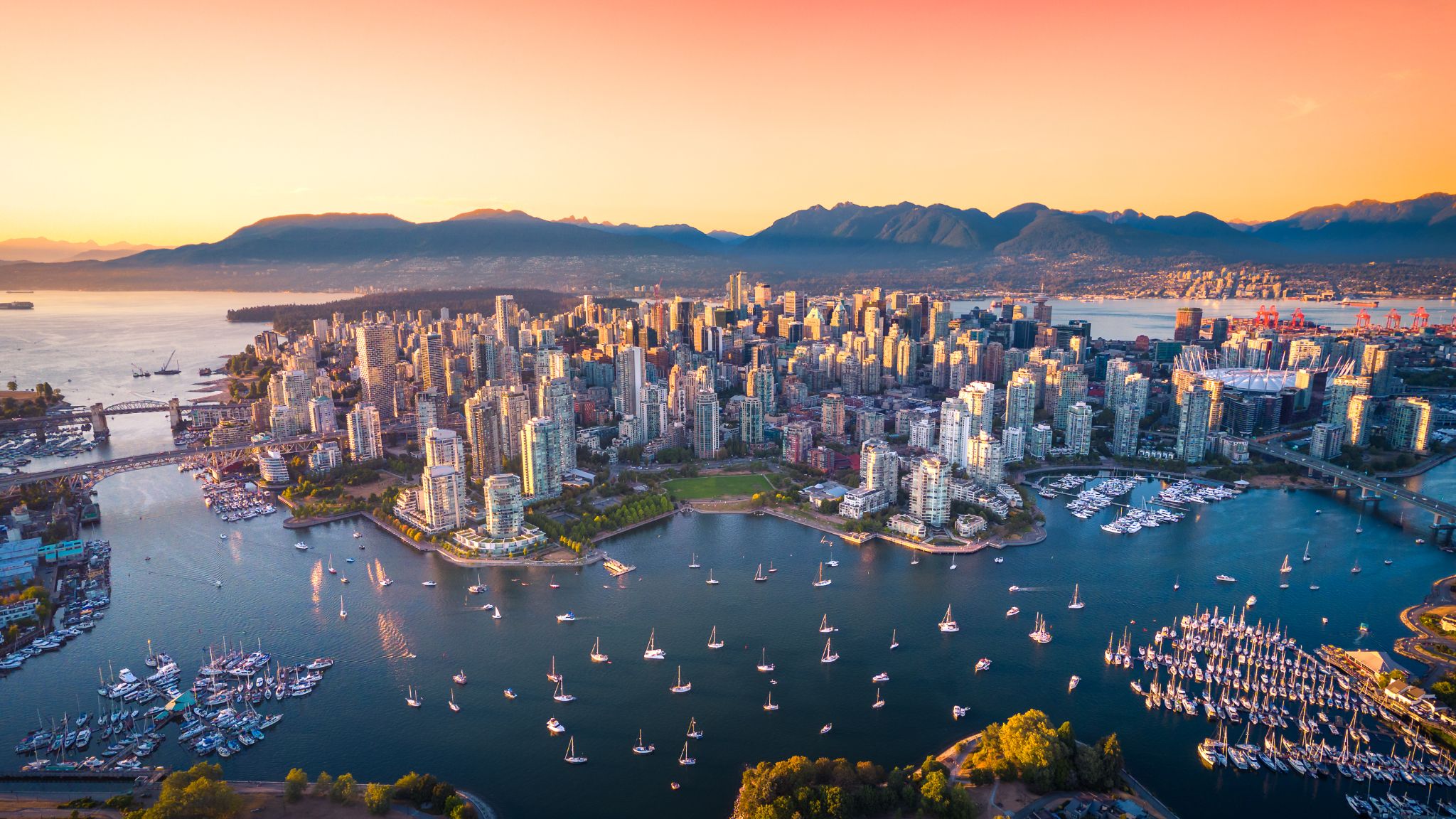
Vancouver is a coastal seaport city in western Canada, located in the Lower Mainland region of British Columbia. As the most populous city in the province, the 2016 census recorded 631,486 people in the city, up from 603,502 in 2011. The Greater Vancouver area had a population of 2,463,431 in 2016, making it the third-largest metropolitan area in Canada. Vancouver has the highest population density in Canada with over 5,400 people per square kilometre, which makes it the fifth-most densely populated city with over 250,000 residents in North America behind New York City, Guadalajara, San Francisco, and Mexico City according to the 2011 census. Vancouver is one of the most ethnically and linguistically diverse cities in Canada according to that census; 52% of its residents have a first language other than English.[8][9] Roughly 30% of the city's inhabitants are of Chineseheritage. Vancouver is classed as a Beta global city.
Vancouver is consistently named as one of the top five worldwide cities for livability and quality of life, and the Economist Intelligence Unit acknowledged it as the first city ranked among the top-ten of the world's most well-living cities for five consecutive years. Vancouver has hosted many international conferences and events, including the 1954 British Empire and Commonwealth Games, UN Habitat I, Expo 86, the World Police and Fire Games in 1989 and 2009; and the 2010 Winter Olympics and Paralympics which were held in Vancouver and Whistler, a resort community 125 km (78 mi) north of the city. In 2014, following thirty years in California, the TED conference made Vancouver its indefinite home. Several matches of the 2015 FIFA Women's World Cup were played in Vancouver, including the final at BC Place.
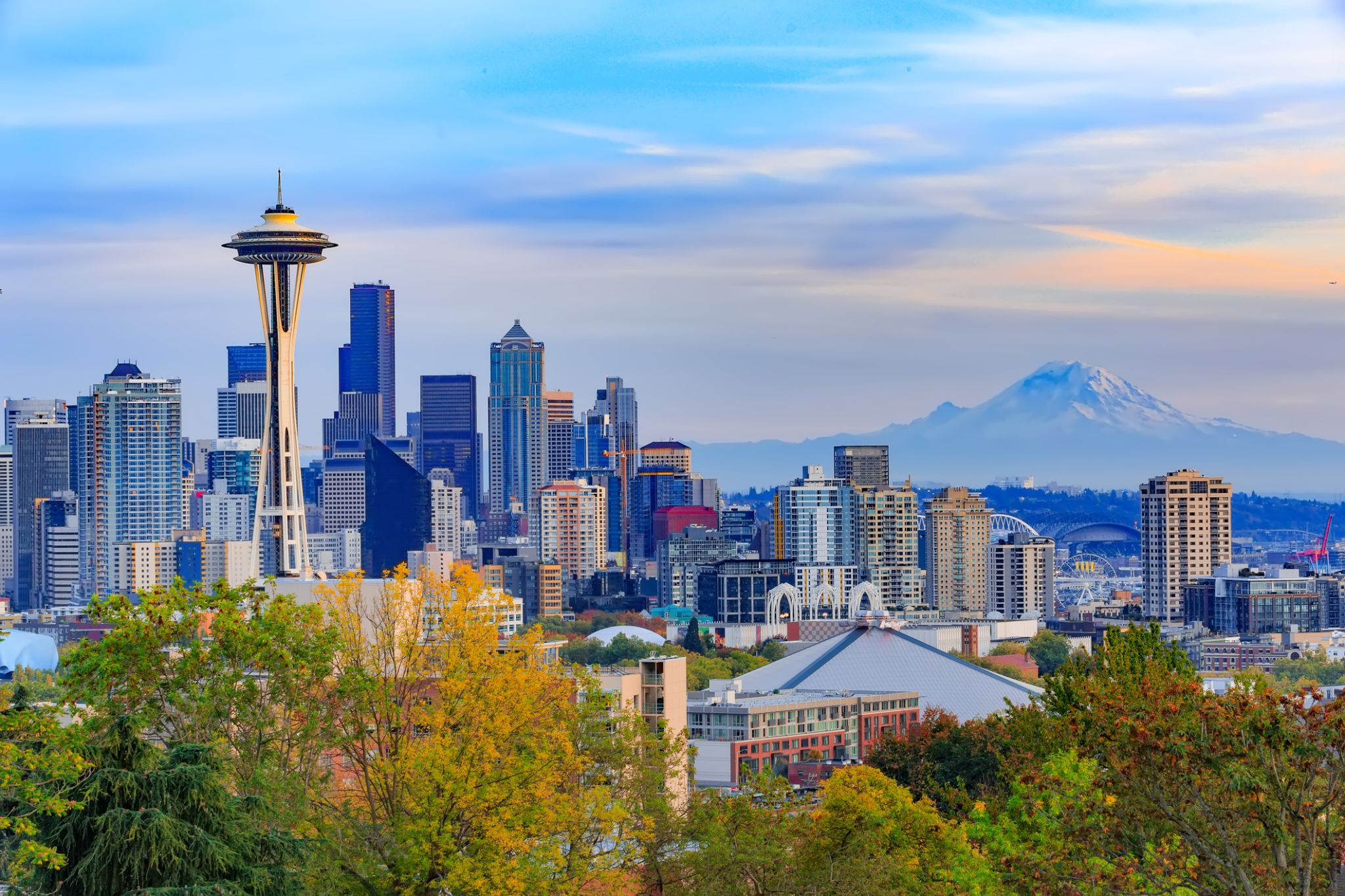
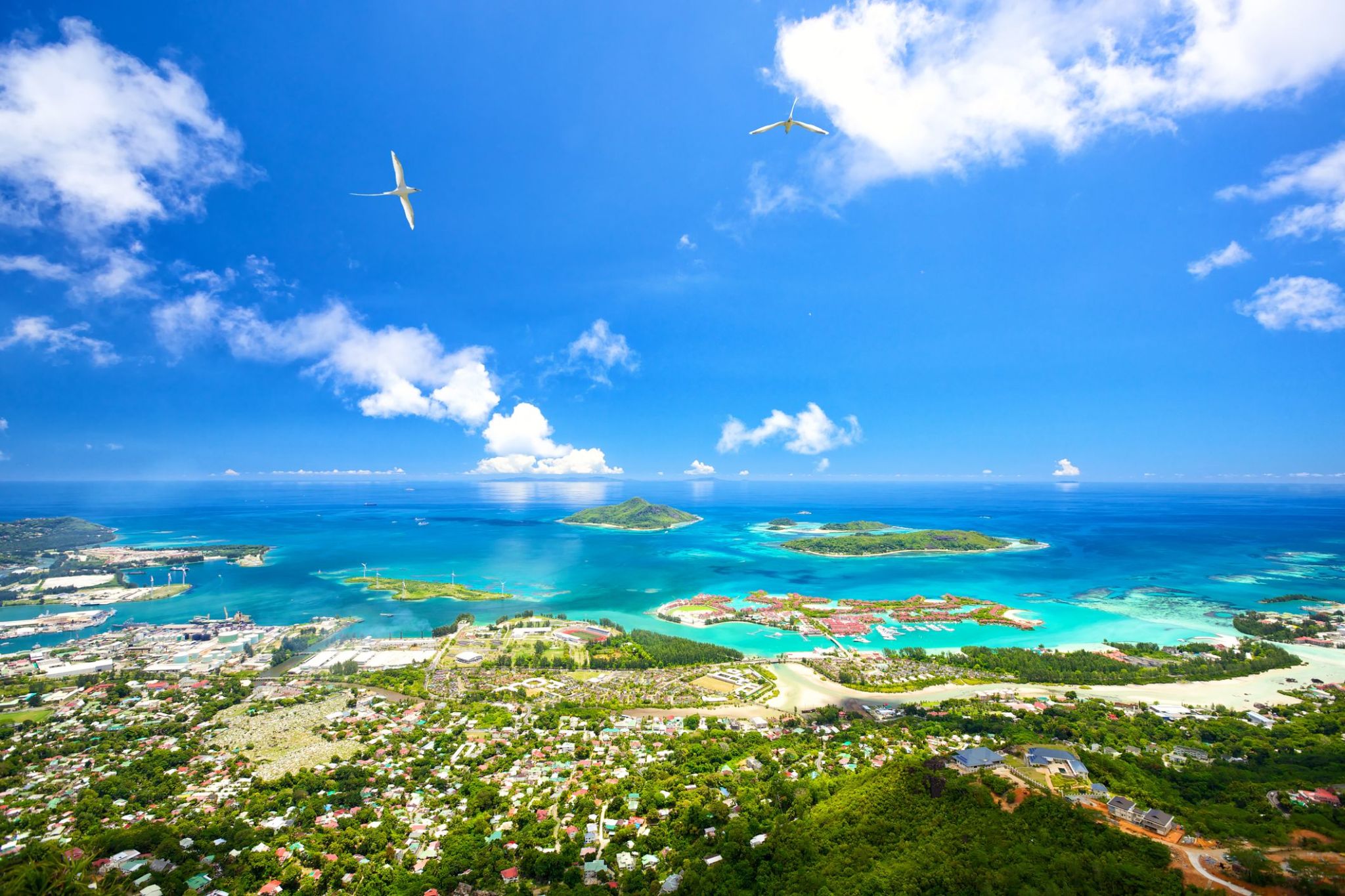
Turkusowe wody i bujne dżungle otaczają Wiktorię na wyspie Mahé, stolicę Seszeli i jedną z najmniejszych stolic na świecie. Tutaj kolorowe targi z egzotycznymi owocami i przyprawami łączą się z architekturą z czasów kolonialnych, a w centrum miasta znajduje się miniaturowa replika londyńskiego Big Bena – jeden z symboli Wiktorii. W pobliżu turyści mogą odwiedzić Ogród Botaniczny, gdzie rosną rzadkie gatunki palm i storczyków, a także zobaczyć olbrzymie żółwie w ich naturalnym środowisku.
Podróż do Wiktorii to okazja, by poczuć powolny rytm życia Seszeli i cieszyć się prawdziwie tropikalną atmosferą. Spacer nadbrzeżem, wizyta w Narodowej Galerii Sztuki lub degustacja świeżo złowionych ryb w lokalnych kawiarniach pozwolą lepiej poznać kulturę i codzienność mieszkańców wyspy. Zaledwie kilka minut od centrum rozpoczynają się plaże z białym piaskiem i lazurową wodą, zapraszając do podwodnych przygód wśród raf koralowych Mahé.
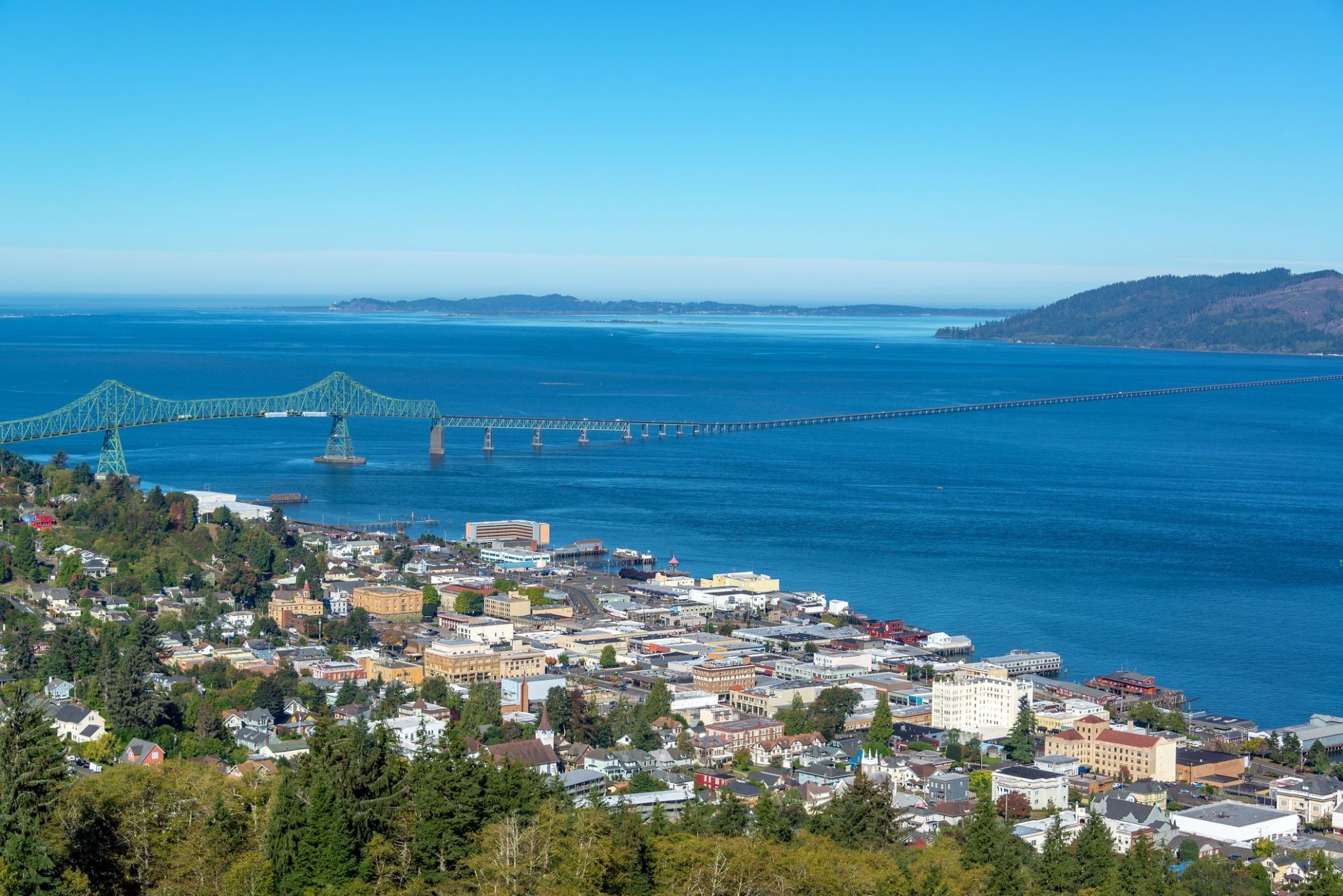
Historyczny port nad brzegiem rzeki Kolumbia otwiera drzwi do świata przygód i malowniczych krajobrazów, gdzie bogate dziedzictwo kulturowe łączy się z naturalnym pięknem. W tym regionie turyści mogą poczuć atmosferę XIX wieku, spacerując wśród starych budynków i muzeów oraz degustując świeże owoce morza w przytulnych restauracjach nadbrzeżnych. Astoria jest znana nie tylko jako pierwsza stała europejska osada na zachodnim wybrzeżu USA, ale także jako popularne miejsce dla miłośników wędkarstwa i obserwacji ptaków.
Piękno natury wokół Astorii zachwyca różnorodnością: od majestatycznych plaż po gęste lasy Parku Narodowego Forest Grove. Miłośnicy aktywnego wypoczynku znajdą tu doskonałe warunki do wędrówek pieszych, jazdy na rowerze i kajakarstwa, a spokojne wody rzeki Kolumbia oraz malownicze otoczenie tworzą idealne miejsce do relaksu i inspiracji. To miasteczko na wybrzeżu Pacyfiku obiecuje wyjątkowe doświadczenia, gdzie historia i natura harmonijnie przenikają się w każdym zakątku.

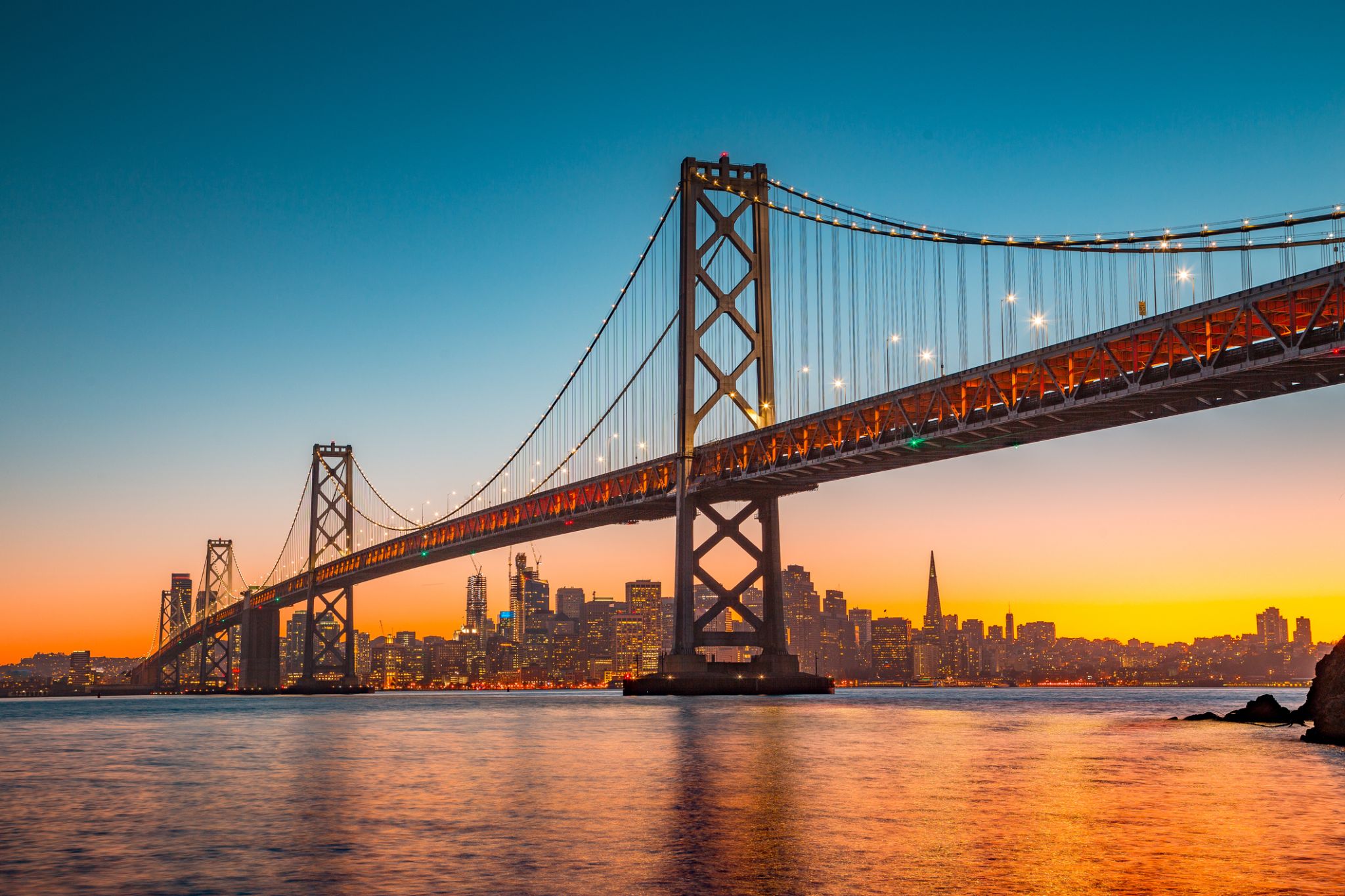
San Francisco , officially the City and County of San Francisco, is the cultural, commercial, and financial center of Northern California. San Francisco is the 13th-most populous city in the United States, and the fourth-most populous in California, with 884,363 residents as of 2017. It covers an area of about 46.89 square miles (121.4 km2), mostly at the north end of the San Francisco Peninsula in the San Francisco Bay Area, making it the second-most densely populated large US city, and the fifth-most densely populated U.S. county, behind only four of the five New York City boroughs. San Francisco is also part of the fifth-most populous primary statistical area in the United States, the San Jose–San Francisco–Oakland, CA Combined Statistical Area (9.7 million residents).

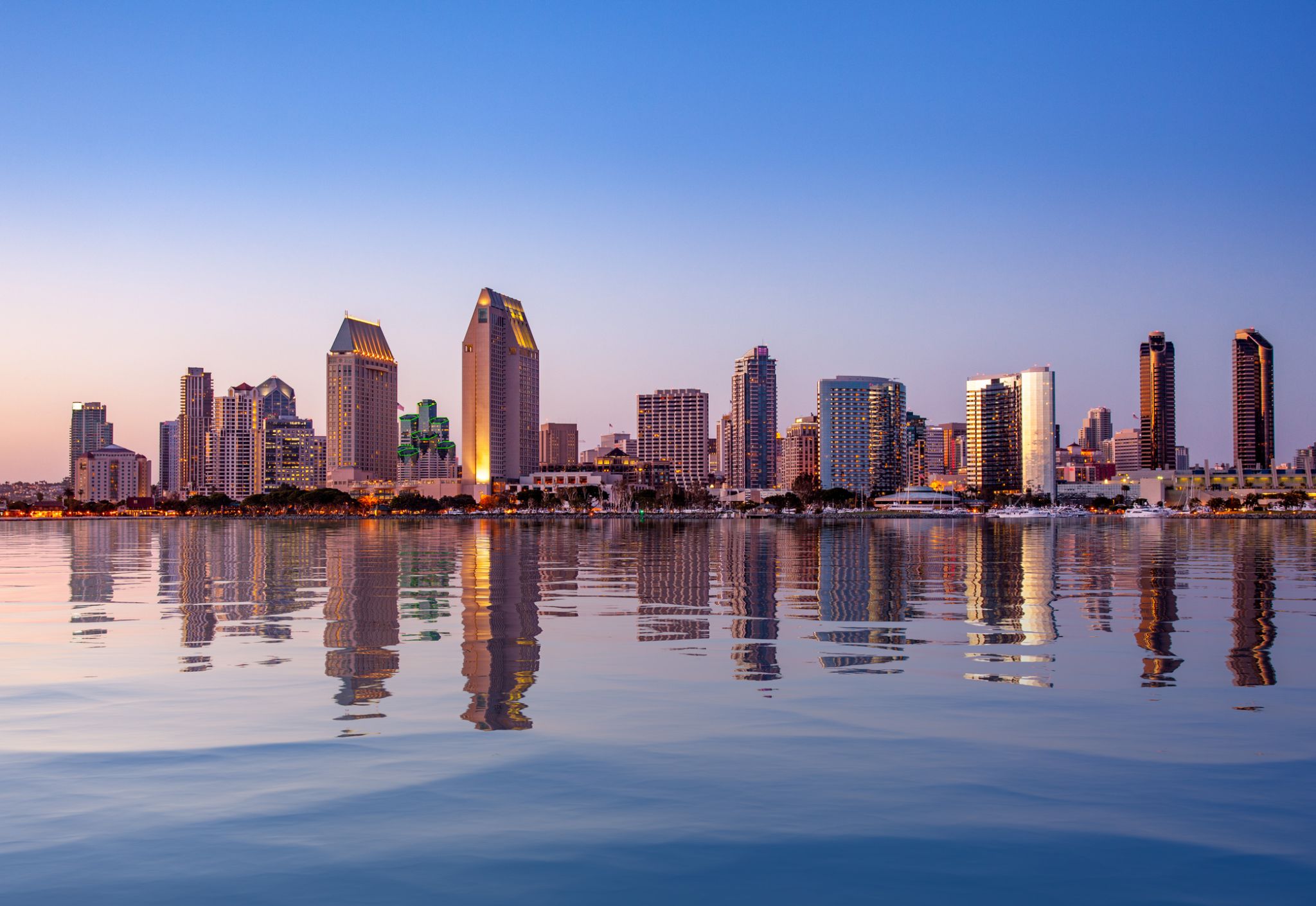


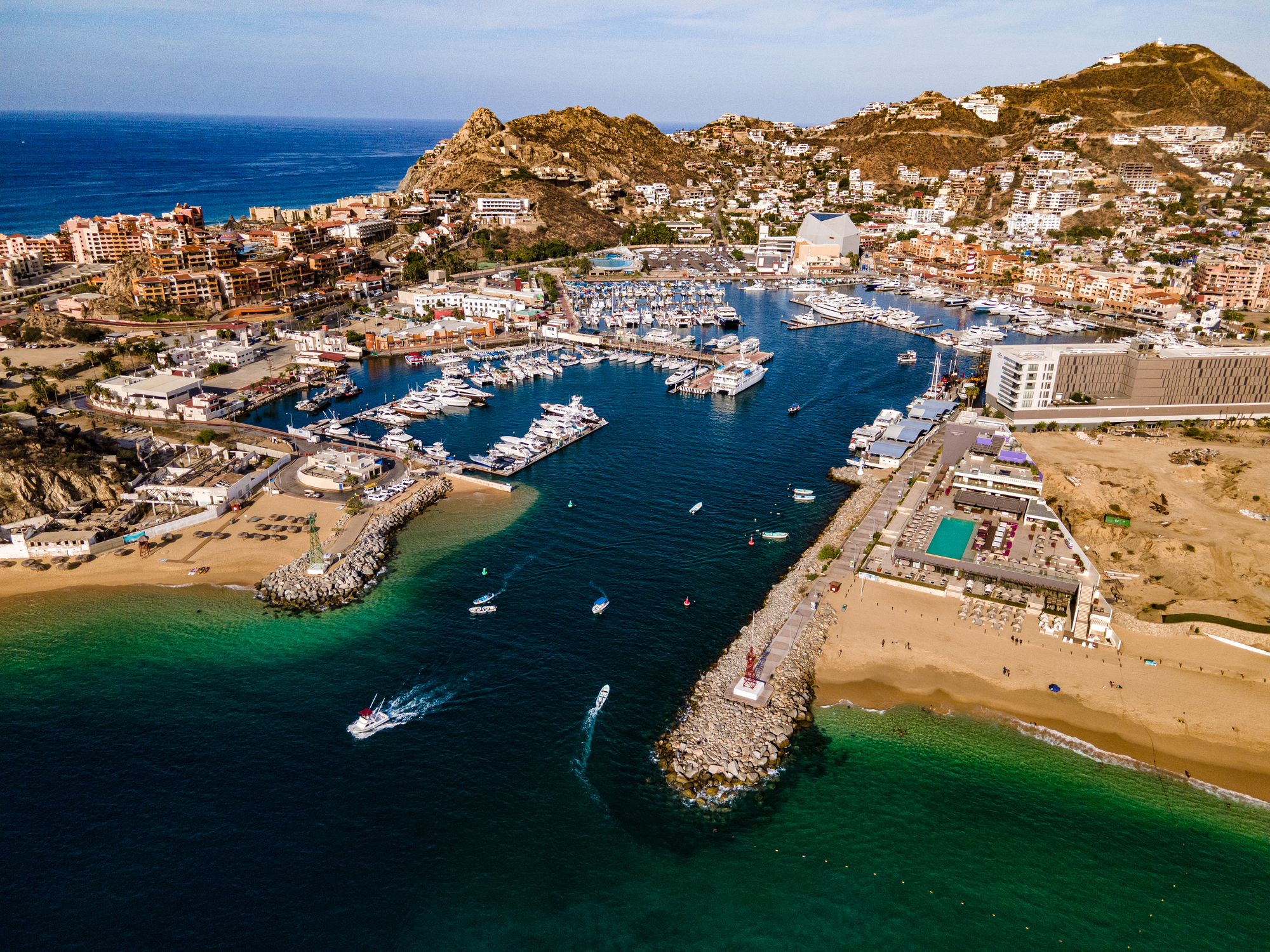
Cabo San Lucas or simply Cabo, is a resort city at the southern tip of the Baja California Peninsula, in the Mexican state of Baja California Sur. As of 2015, the population of the city was 81,111 inhabitants. Cabo San Lucas together with San José del Cabo is known as Los Cabos. Together they form a metropolitan area of 305,983 inhabitants.
Cabo has been rated as one of Mexico's top 5 tourist destinations; it is known for its beaches, scuba diving locations, balnearios, the sea arch El Arco de Cabo San Lucas, and marine life. The Los Cabos Corridor has become a heavily trafficked vacation destination for tourists, with numerous resorts and timeshares along the coast between Cabo San Lucas and San José del Cabo.
Cabo houses a range of wildlife, including rays, sharks, birds, and a range of fish, such as mahi-mahi (dorado), and striped marlin.

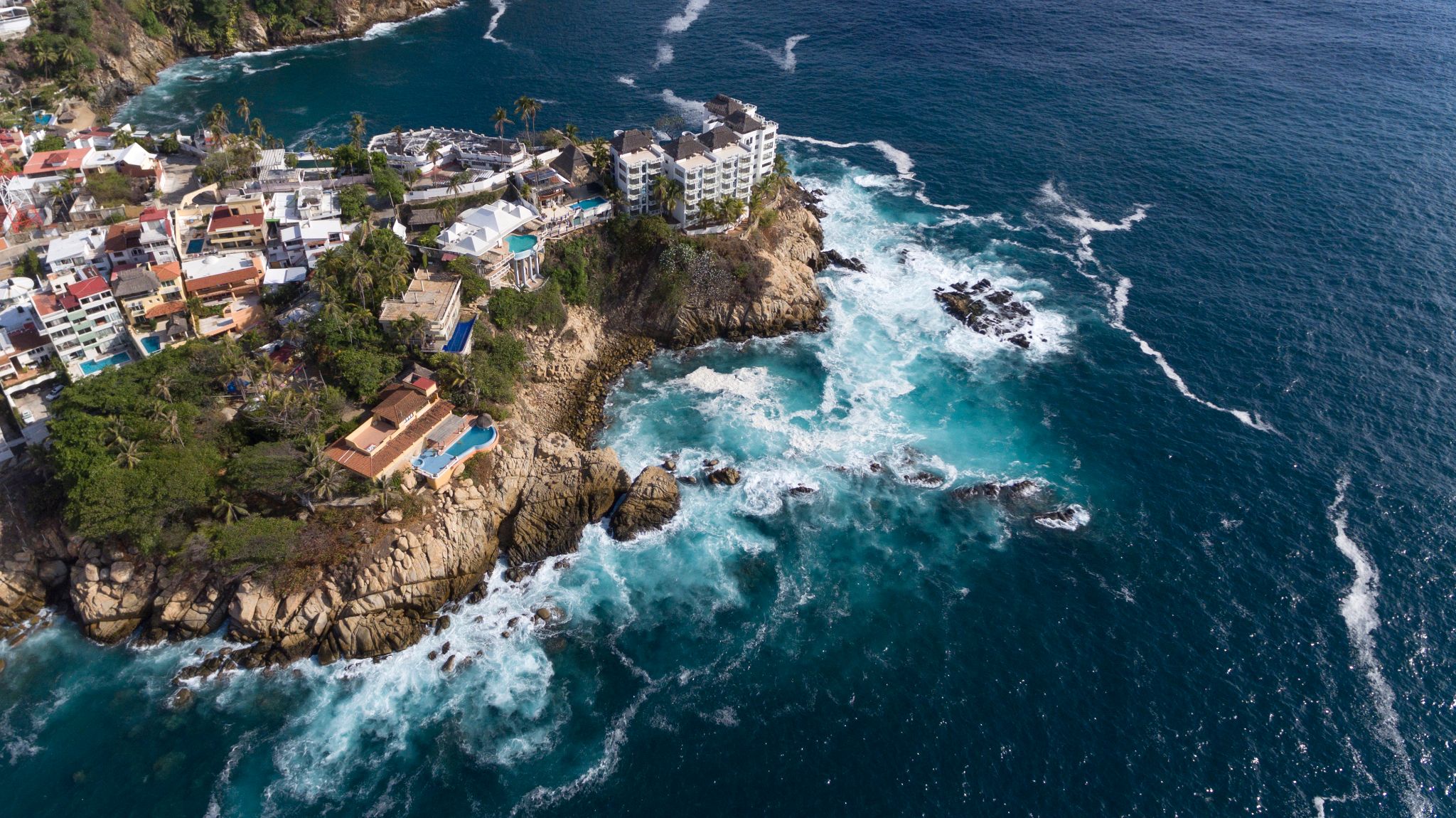


Puerto Quetzal to ważne miasto portowe na wybrzeżu Gwatemali, położone w regionie Pacyfiku. Jest jednym z najpopularniejszych portów docelowych dla statków wycieczkowych, co czyni go istotnym węzłem transportowym i głównym wejściem dla podróżnych przybywających do kraju. Puerto Quetzal jest także punktem wyjścia do odkrywania cudów przyrody Gwatemali, w tym słynnych wulkanów i malowniczych plaż. W pobliżu znajdują się takie atrakcje, jak wulkan Acatenango i Park Narodowy Monterrico, który słynie z ekosystemu oraz plaż odpowiednich do surfingu.
Oprócz piękna przyrody Puerto Quetzal przyciąga podróżnych swoją unikalną atmosferą. Miasto zachowało klimat wybrzeża Pacyfiku z urokliwymi wioskami rybackimi i restauracjami, w których można skosztować świeżych owoców morza. Jego strategiczne położenie i rozwinięta infrastruktura sprawiają, że Puerto Quetzal jest wygodnym punktem wyjścia do podróży po Gwatemali, zarówno dla tych, którzy chcą odkrywać starożytne ruiny Majów, takie jak Tikal, jak i dla tych, którzy szukają relaksu na plaży.
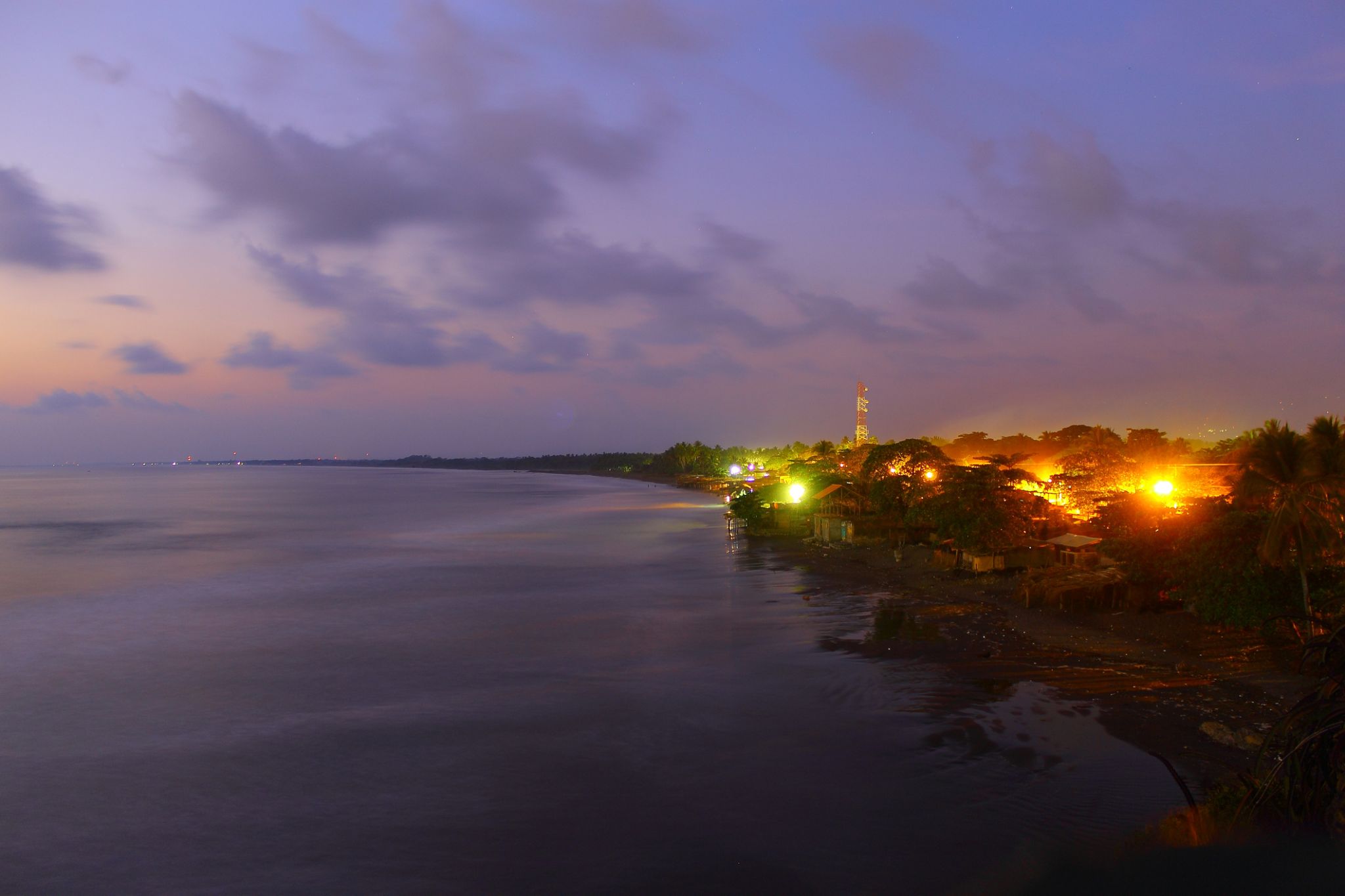

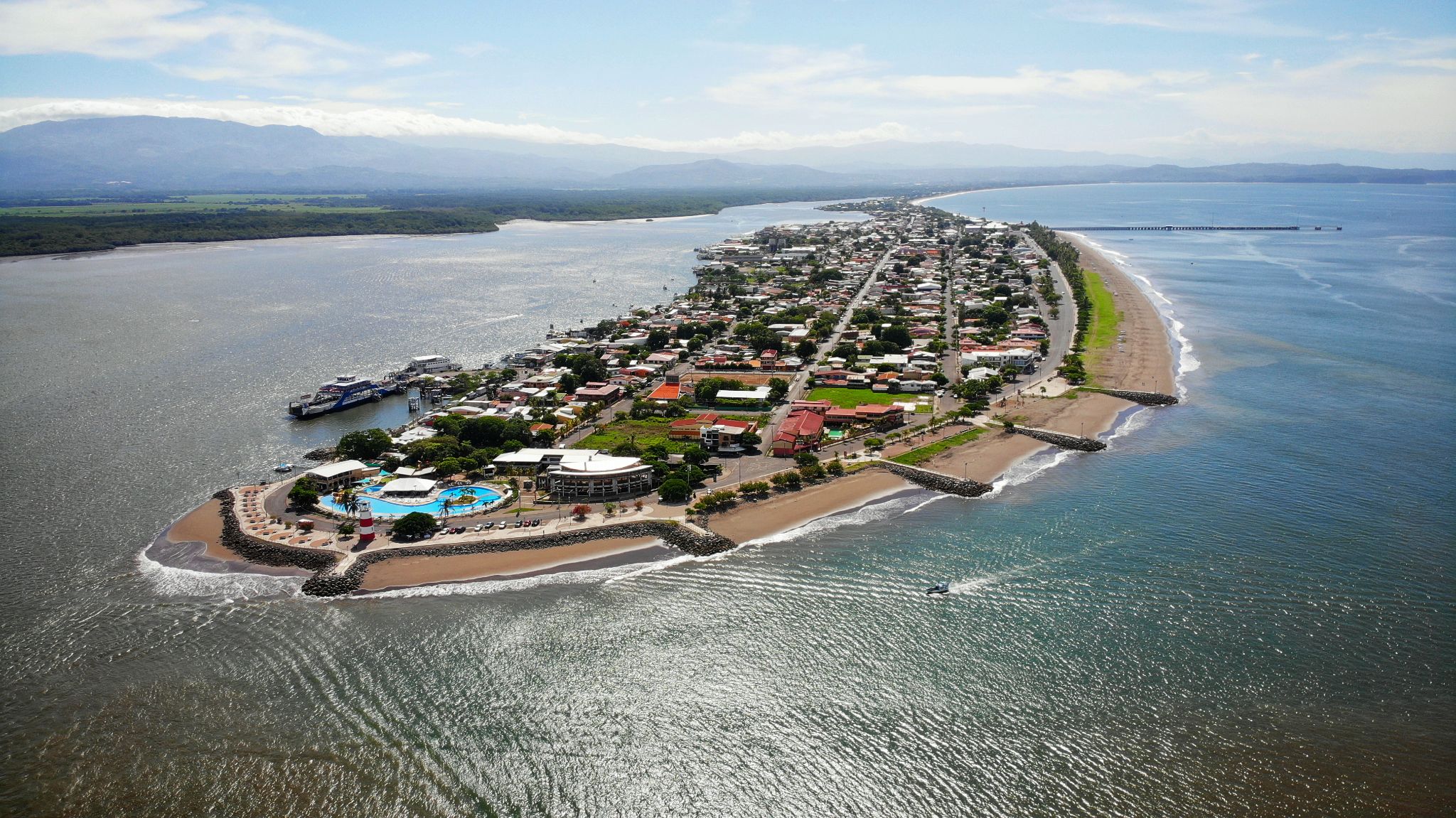
Puntarenas is the capital and largest city in the Province of Puntarenas, on the Pacific coast of Costa Rica.

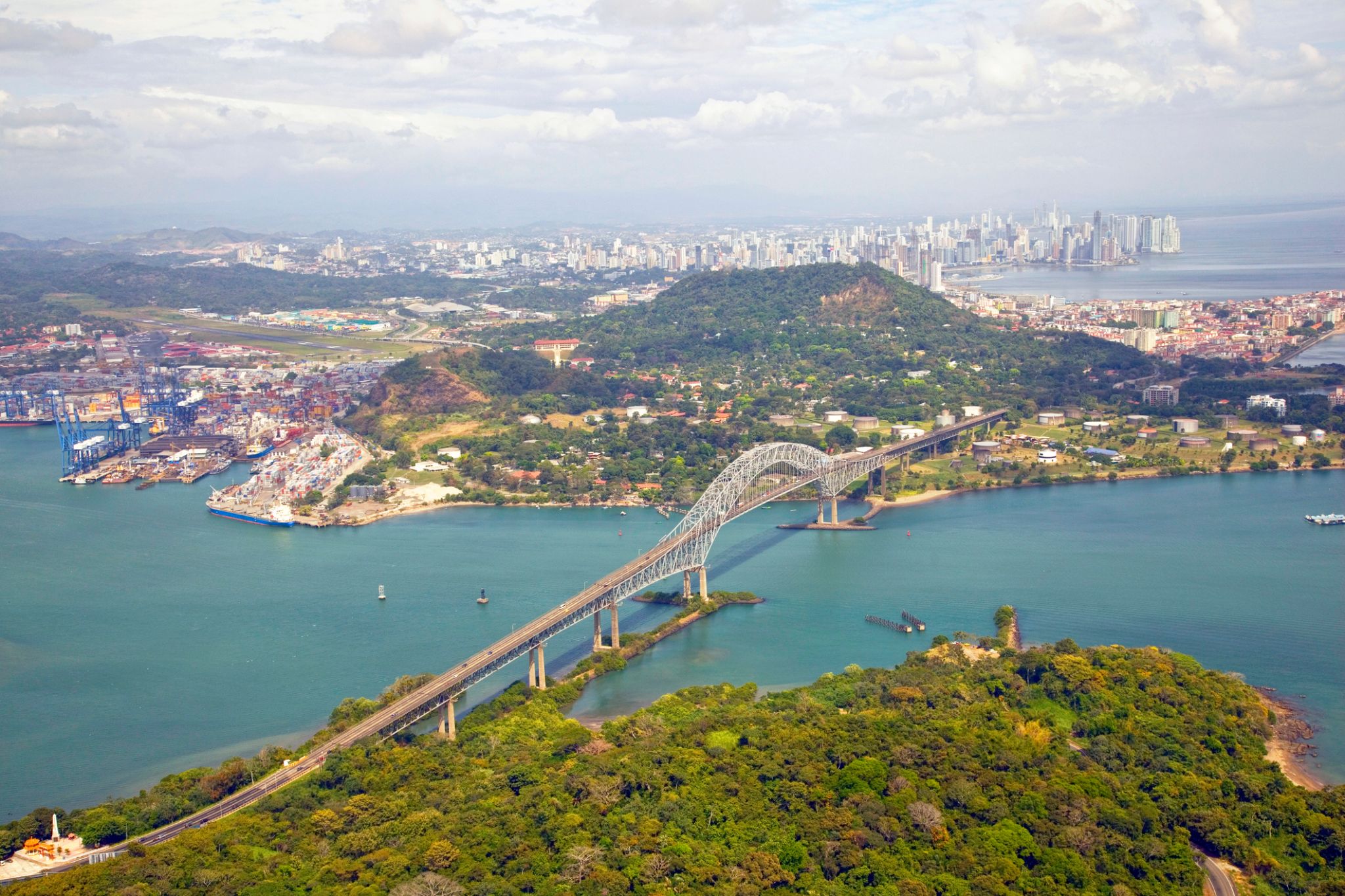
The Panama Canal is an artificial 82 km (51 mi) waterway in Panama that connects the Atlantic Ocean with the Pacific Ocean. The canal cuts across the Isthmus of Panama and is a conduit for maritime trade. Canal locks are at each end to lift ships up to Gatun Lake, an artificial lake created to reduce the amount of excavation work required for the canal, 26 m (85 ft) above sea level, and then lower the ships at the other end. The original locks are 34 m (110 ft) wide. A third, wider lane of locks was constructed between September 2007 and May 2016. The expanded canal began commercial operation on June 26, 2016. The new locks allow transit of larger, post-Panamax ships, capable of handling more cargo.
France began work on the canal in 1881, but stopped due to engineering problems and a high worker mortality rate. The United States took over the project in 1904 and opened the canal on August 15, 1914. One of the largest and most difficult engineering projects ever undertaken, the Panama Canal shortcut greatly reduced the time for ships to travel between the Atlantic and Pacific Oceans, enabling them to avoid the lengthy, hazardous Cape Horn route around the southernmost tip of South America via the Drake Passage or Strait of Magellan.
Colombia, France, and later the United States controlled the territory surrounding the canal during construction. The US continued to control the canal and surrounding Panama Canal Zone until the 1977 Torrijos–Carter Treatiesprovided for handover to Panama. After a period of joint American–Panamanian control, in 1999, the canal was taken over by the Panamanian government. It is now managed and operated by the government-owned Panama Canal Authority.
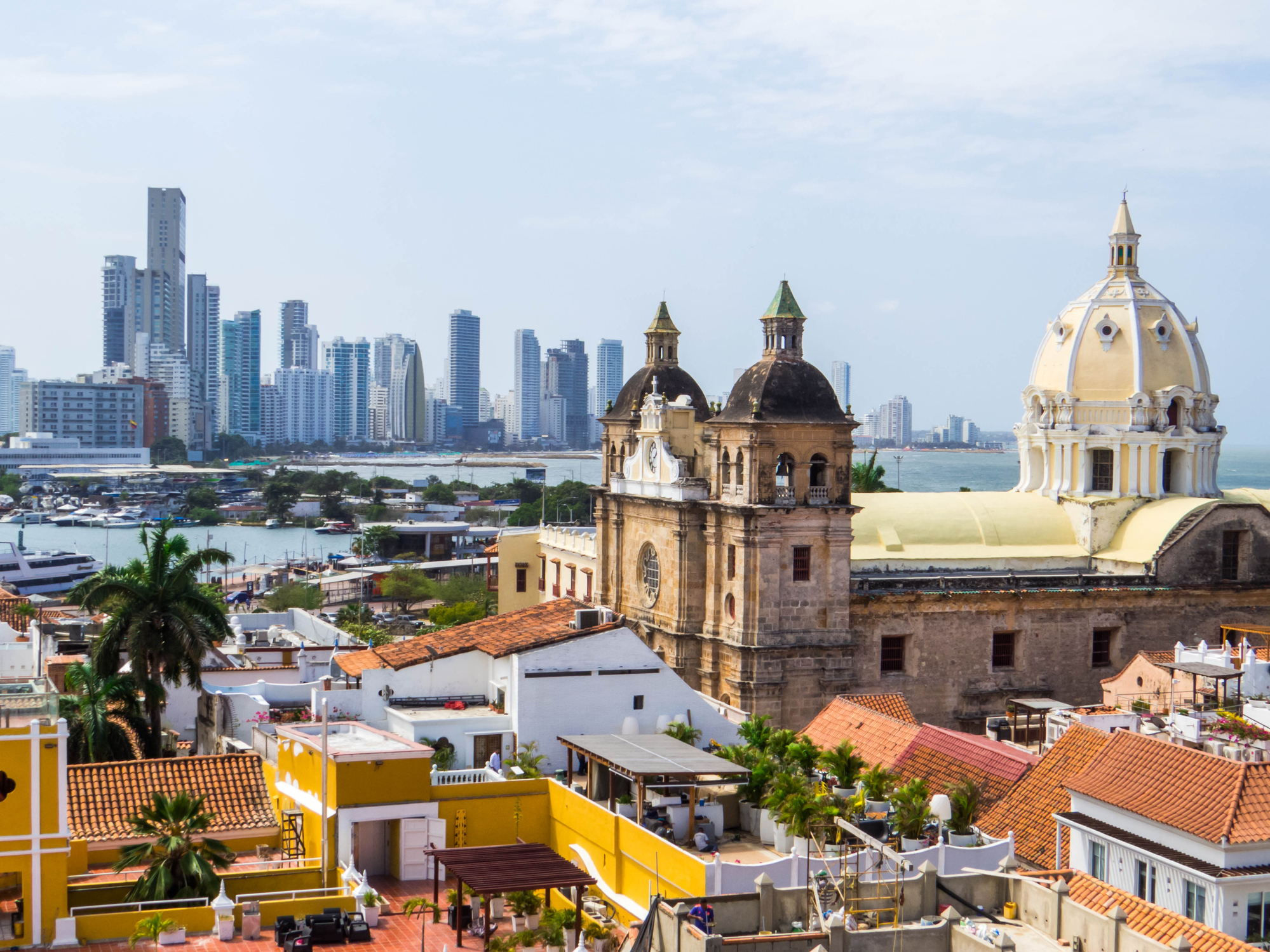
Starożytne mury forteczne, uliczni muzycy i karaibskie słońce tworzą niepowtarzalną atmosferę w Cartagenie (Bolívar) – perle kolumbijskiego wybrzeża. Miasto wpisane na listę światowego dziedzictwa UNESCO zachwyca kolonialną architekturą, uroczymi dziedzińcami i aromatem świeżo parzonej kawy z licznych kawiarni.
Zanurz się w tętniący życiem rytm Cartageny, spacerując brukowanymi uliczkami Starego Miasta, gdzie każdy zakątek kryje opowieści o piratach i hiszpańskich konkwistadorach. Zachód słońca przy starożytnej twierdzy Castillo San Felipe de Barajas to idealne zakończenie dnia pełnego kultury, historii i tropikalnego uroku.

Starożytne mury forteczne, uliczni muzycy i karaibskie słońce tworzą niepowtarzalną atmosferę w Cartagenie (Bolívar) – perle kolumbijskiego wybrzeża. Miasto wpisane na listę światowego dziedzictwa UNESCO zachwyca kolonialną architekturą, uroczymi dziedzińcami i aromatem świeżo parzonej kawy z licznych kawiarni.
Zanurz się w tętniący życiem rytm Cartageny, spacerując brukowanymi uliczkami Starego Miasta, gdzie każdy zakątek kryje opowieści o piratach i hiszpańskich konkwistadorach. Zachód słońca przy starożytnej twierdzy Castillo San Felipe de Barajas to idealne zakończenie dnia pełnego kultury, historii i tropikalnego uroku.


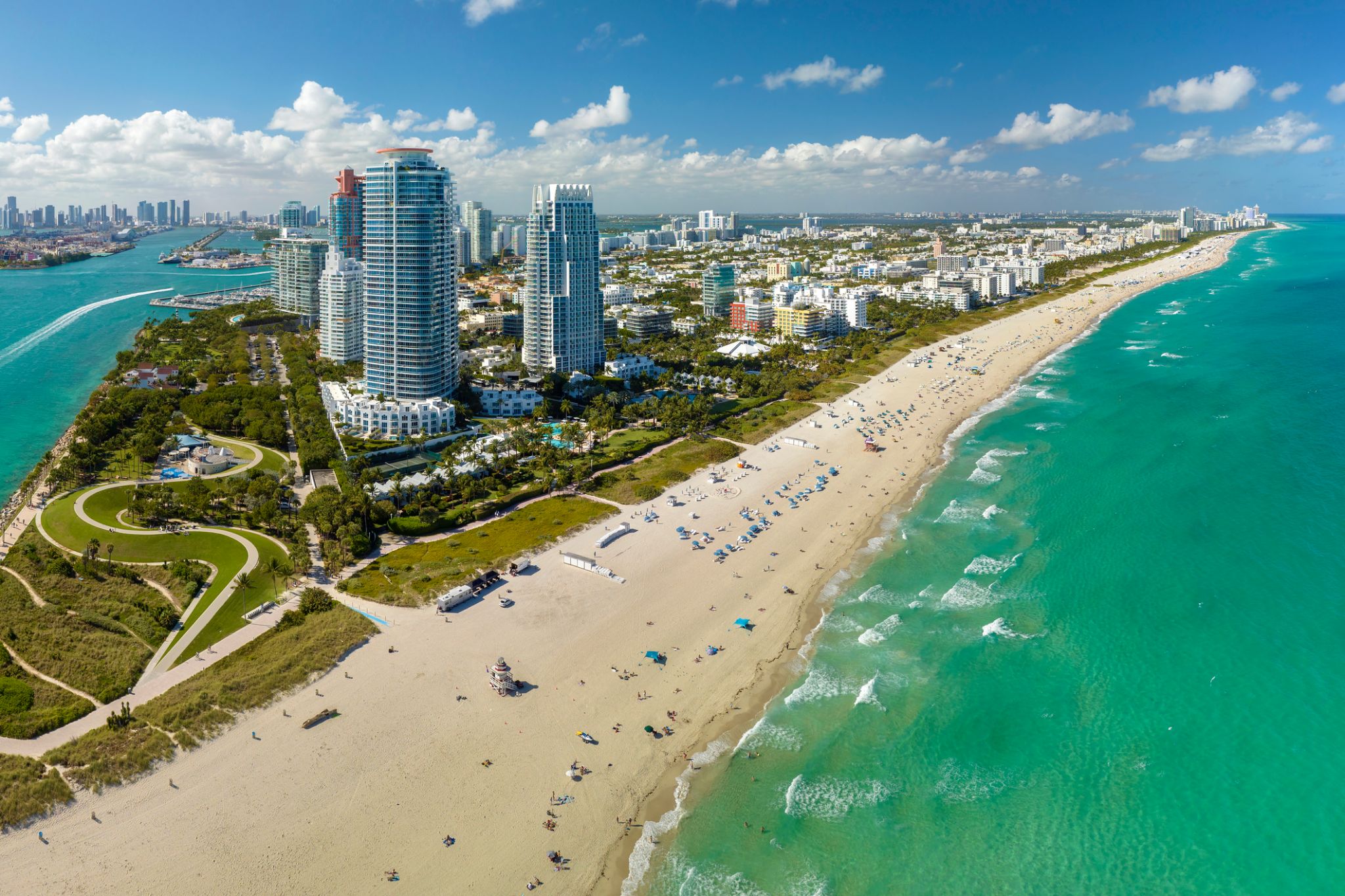
Miami, officially the City of Miami, is the cultural, economic and financial center of South Florida. Miami is the seat of Miami-Dade County, the most populous county in Florida. The city covers an area of about 56.6 square miles (147 km2), between the Everglades to the west and Biscayne Bay on the east; with a 2017 estimated population of 463,347, Miami is the sixth most densely populated major city in the United States. The Miami metropolitan area is home to 6.1 million people and the seventh-largest metropolitan area in the nation. Miami's metro area is the second-most populous metropolis in the southeastern United States and fourth-largest urban area in the U.S.
Miami is a major center, and a leader in finance, commerce, culture, media, entertainment, the arts, and international trade. The Miami Metropolitan Area is by far the largest urban economy in Florida and the 12th largest in the United States with a GDP of $344.9 billion as of 2017. In 2012, Miami was classified as an "Alpha−" level world city in the World Cities Study Group's inventory. In 2010, Miami ranked seventh in the United States and 33rd among global cities in terms of business activity, human capital, information exchange, cultural experience, and political engagement. In 2008, Forbes magazine ranked Miami "America's Cleanest City", for its year-round good air quality, vast green spaces, clean drinking water, clean streets, and citywide recycling programs. According to a 2009 UBS study of 73 world cities, Miami was ranked as the richest city in the United States, and the world's seventh-richest city in terms of purchasing power. Miami is nicknamed the "Capital of Latin America" and is the largest city with a Cuban-American plurality.
Greater Downtown Miami has one of the largest concentrations of international banks in the United States, and is home to many large national and international companies. The Civic Center is a major center for hospitals, research institutes, medical centers, and biotechnology industries. For more than two decades, the Port of Miami, known as the "Cruise Capital of the World", has been the number one cruise passenger port in the world. It accommodates some of the world's largest cruise ships and operations, and is the busiest port in both passenger traffic and cruise lines. Metropolitan Miami is also a major tourism hub in the southeastern U.S. for international visitors, ranking number two in the country after New York City.


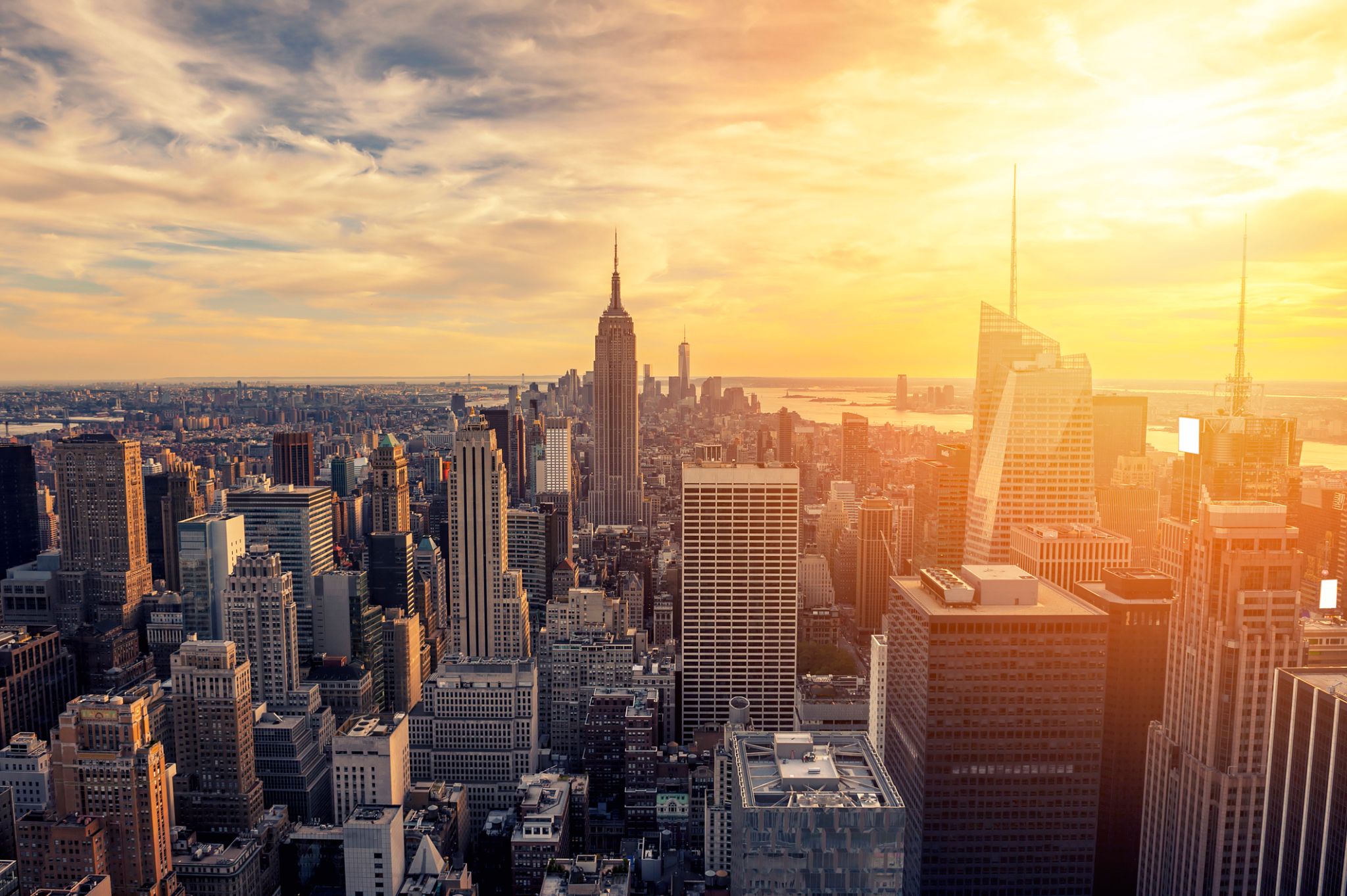
The world famous city of New York , the largest city in the United States, with a population of 8.5 million people, and with suburbs - 20.6 million. New York is the largest economic, political, scientific, and cultural center of the United States. It is rightly called the "Main Gate" in the United States, and the world's largest John F. Kennedy Airport is located here. One of the distinguishing features of the city is the variegated national composition of the population, also called the United States in Miniature.
New York gathered in itself the whole essence of this country: fashion, religion, goods, pace and rhythm of American life. The UN headquarters is located here. There are also many universities in New York, the Academy of Sciences, and many other scientific institutions. Like any other metropolis in the world, New York invites you to visit numerous museums in the city, theaters and concert halls, including the Metropolitan Opera and Carnegie Hall. A great place to relax in New York is Central Park, where you can feed hand-held squirrels, which, to everyone's surprise, are not afraid of people. You can also appreciate the beauty of the famous Empire State Building, with a height of 102 floors, it is an example of skyscrapers, although it was built in 1829-1831. "Must see" in New York, of course, the Statue of Liberty ("Lady Liberty"), located at the mouth of the Hudson River, on the small island of Liberty. And of course, don't forget to stroll along Broadway.
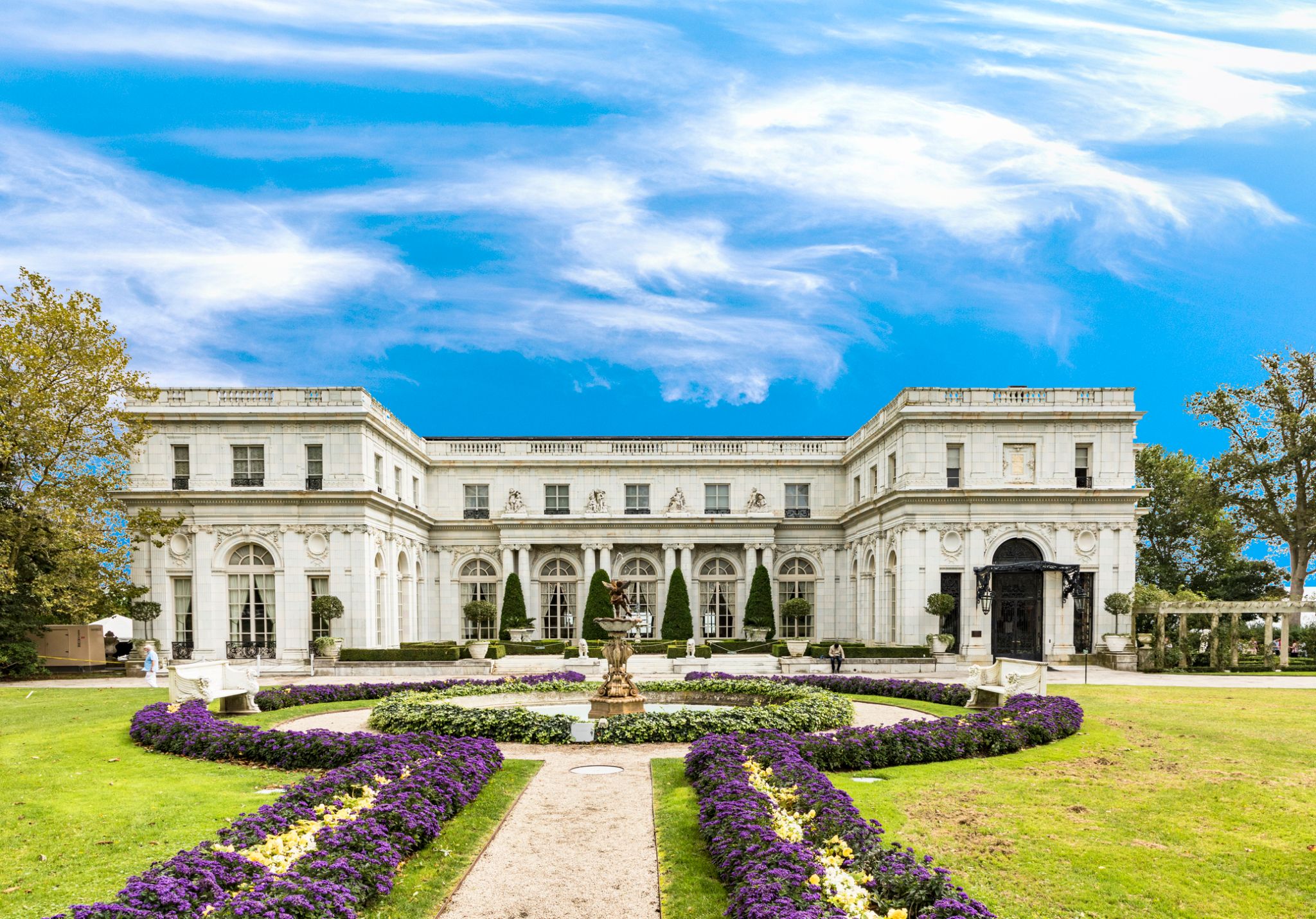

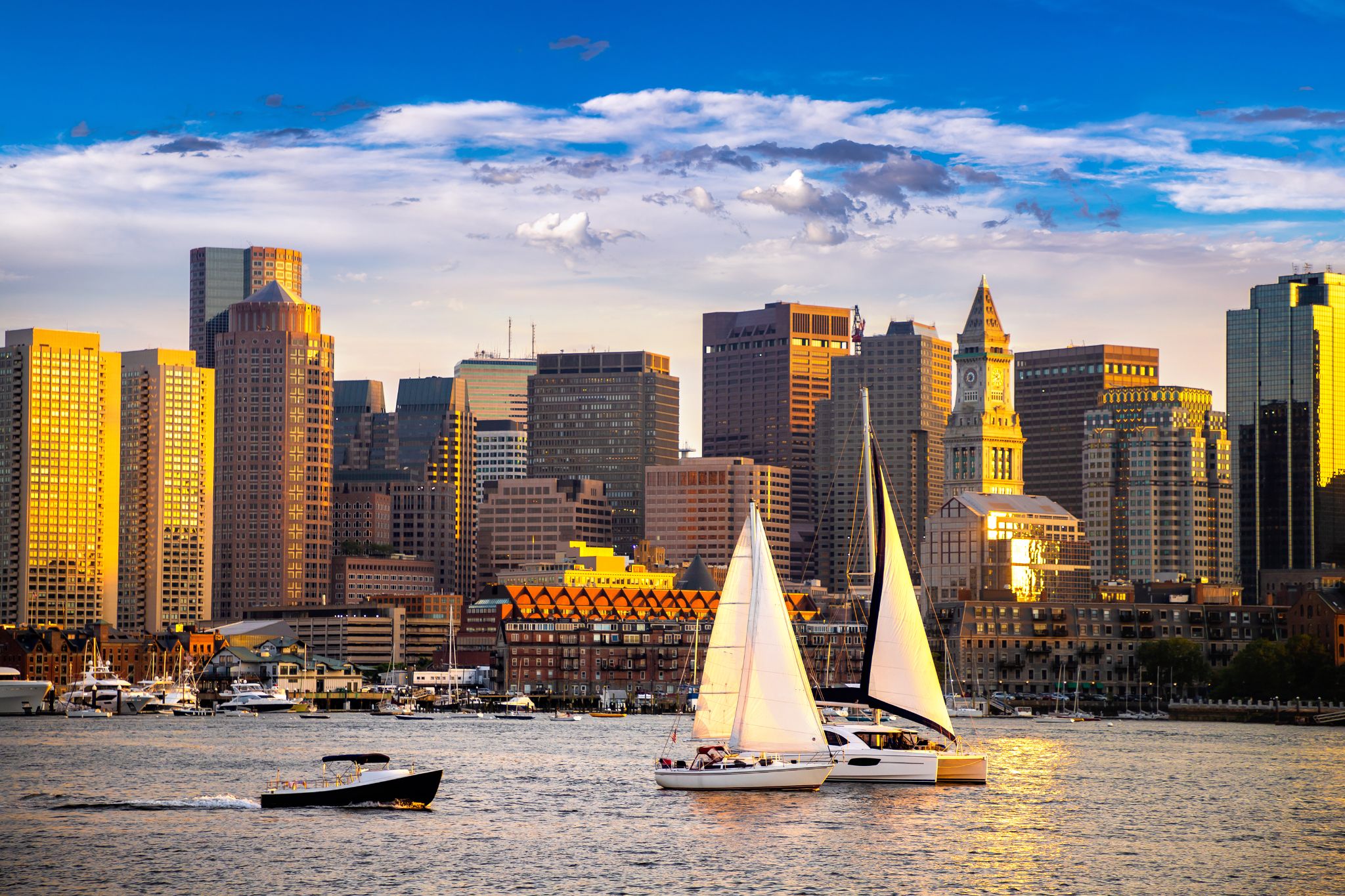
Boston is the capital and most populous municipality of the Commonwealth of Massachusetts in the United States. The city proper covers 48 square miles (124 km2) with an estimated population of 685,094 in 2017, making it also the most populous city in New England. Boston is the seat of Suffolk County as well, although the county government was disbanded on July 1, 1999. The city is the economic and cultural anchor of a substantially larger metropolitan area known as Greater Boston, a metropolitan statistical area (MSA) home to a census-estimated 4.8 million people in 2016 and ranking as the tenth-largest such area in the country. As a combined statistical area (CSA), this wider commuting region is home to some 8.2 million people, making it the sixth-largest in the United States.
Boston is one of the oldest cities in the United States, founded on the Shawmut Peninsula in 1630 by Puritansettlers from England. It was the scene of several key events of the American Revolution, such as the Boston Massacre, the Boston Tea Party, the Battle of Bunker Hill, and the Siege of Boston. Upon gaining U.S. independence from Great Britain, it continued to be an important port and manufacturing hub as well as a center for education and culture. The city has expanded beyond the original peninsula through land reclamation and municipal annexation. Its rich history attracts many tourists, with Faneuil Hall alone drawing more than 20 million visitors per year. Boston's many firsts include the United States' first public park (Boston Common, 1634), first public or state school (Boston Latin School, 1635) and first subway system (Tremont Street Subway, 1897).
The Boston area's many colleges and universities make it an international center of higher education, including law, medicine, engineering, and business, and the city is considered to be a world leader in innovationand entrepreneurship, with nearly 2,000 startups. Boston's economic base also includes finance, professional and business services, biotechnology, information technology, and government activities. Households in the city claim the highest average rate of philanthropy in the United States; businesses and institutions rank among the top in the country for environmental sustainability and investment. The city has one of the highest costs of living in the United States as it has undergone gentrification, though it remains high on world livability rankings.

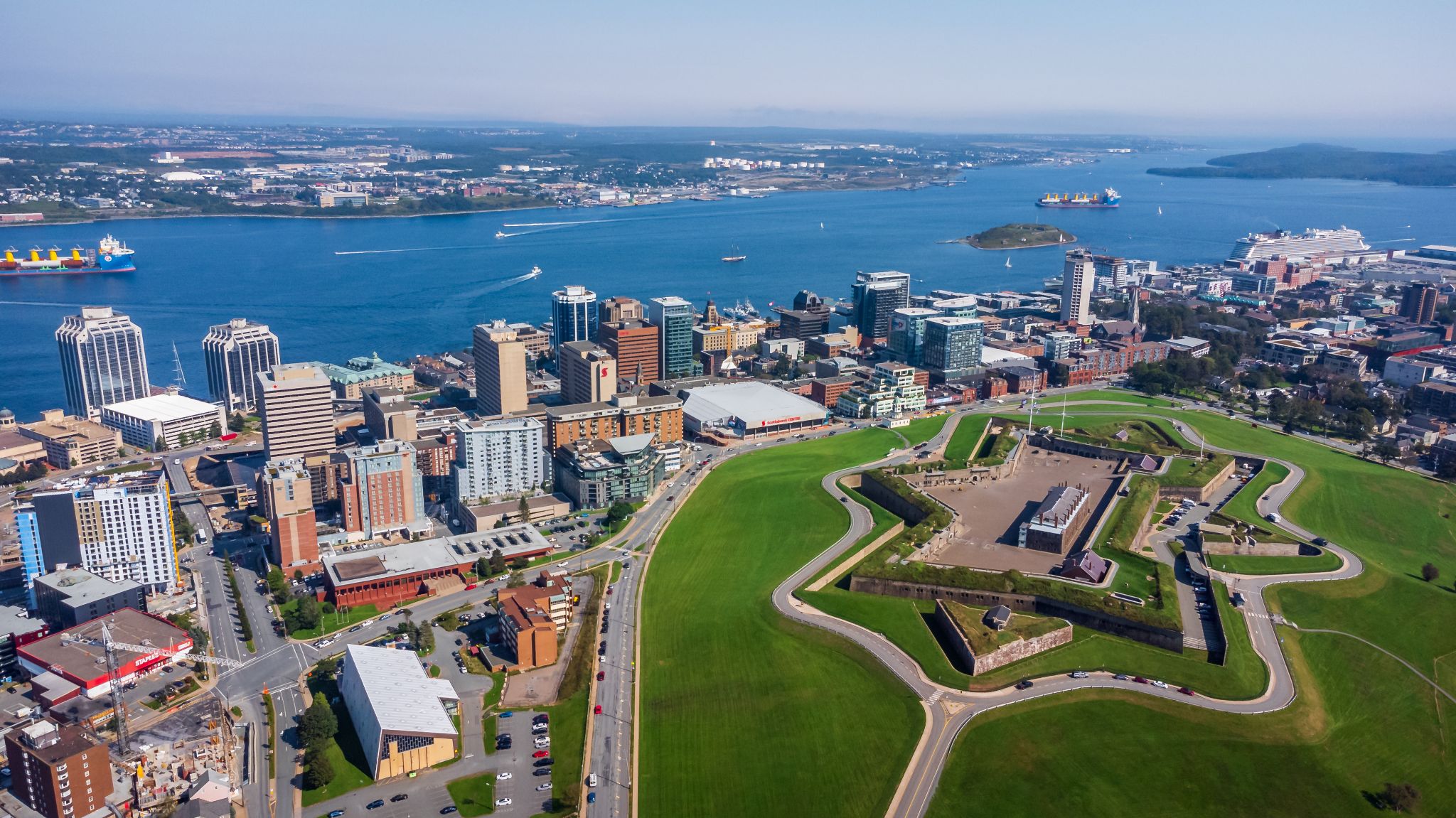
Halifax, also known as the Halifax Regional Municipality (HRM), is the capital of the Canadian province of Nova Scotia. The municipality had a population of 403,131 in 2016, with 316,701 in the urban area centred on Halifax Harbour. The regional municipality consists of four former municipalities that were amalgamated in 1996: Halifax, Dartmouth, Bedford, and Halifax County.
Halifax is a major economic centre in Atlantic Canada with a large concentration of government services and private sector companies. Major employers and economic generators include the Department of National Defence, Dalhousie University, Saint Mary's University, the Halifax Shipyard, various levels of government, and the Port of Halifax. Agriculture, fishing, mining, forestry and natural gas extraction are major resource industries found in the rural areas of the municipality.









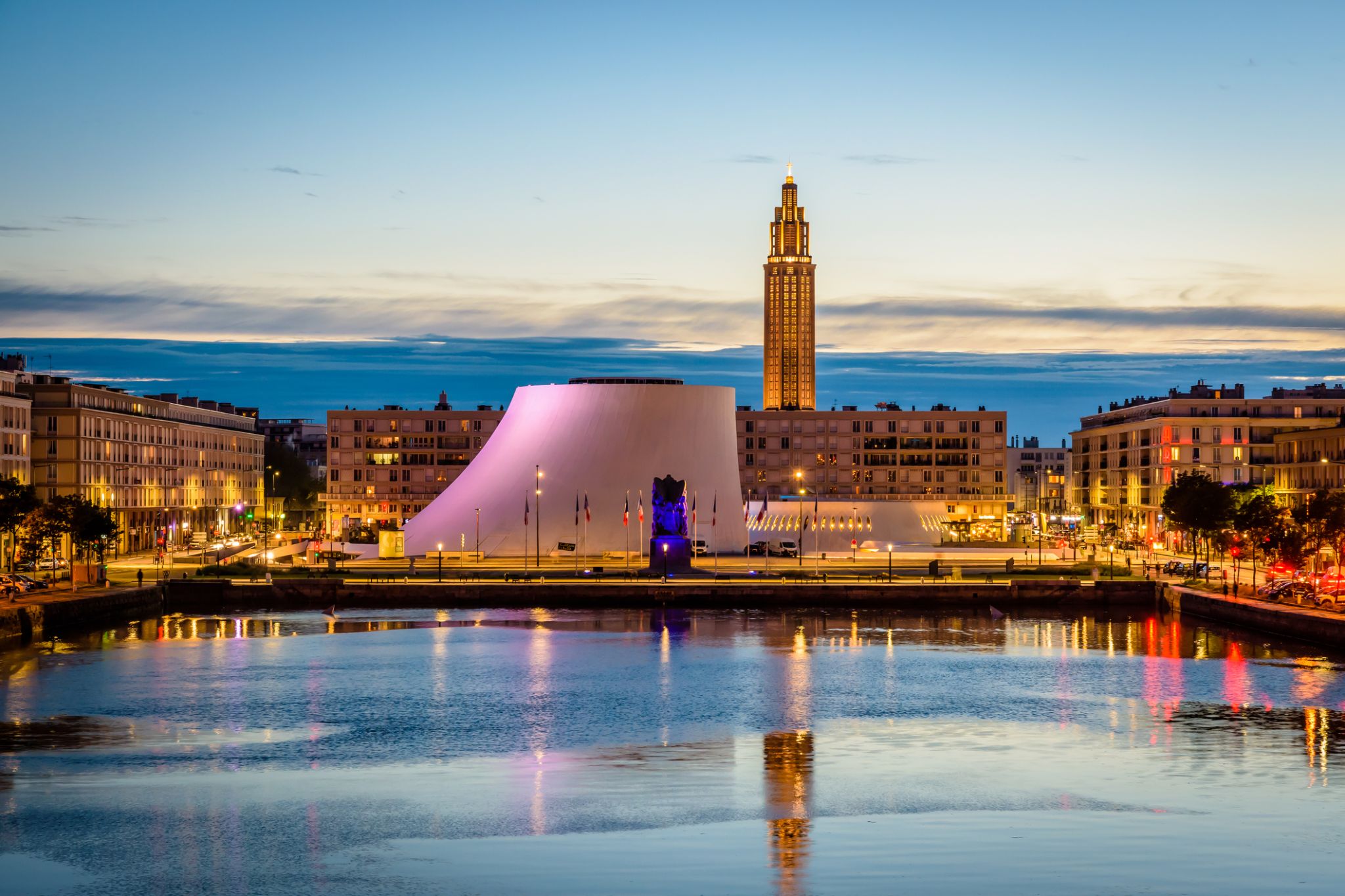
Le Havre to portowe miasto na północnym zachodzie Francji, położone nad brzegiem Kanału La Manche, będące ważnym centrum handlu morskiego i budownictwa okrętowego. Założone w XVI wieku, Le Havre szybko rozwinęło się dzięki swojej strategicznej lokalizacji, stając się jednym z największych portów kraju. Miasto jest znane z modernistycznej architektury, która została starannie zaplanowana po zniszczeniach II wojny światowej. W 2005 roku historyczne centrum miasta zostało wpisane na listę światowego dziedzictwa UNESCO, a słynny zespół architektoniczny zaprojektowany przez Auguste’a Perreta stał się ważną częścią miejskiej tożsamości.
Dziś Le Havre przyciąga turystów swoją unikalną atmosferą, łączącą elementy stare i nowe. Jedną z głównych atrakcji jest Notre-Dame-de-Grâce oraz Centrum Kultury Dunkierka, gdzie odbywają się koncerty, wystawy i przedstawienia teatralne. Lokalne plaże i promenady są idealnymi miejscami do spacerów i wypoczynku, a liczne restauracje serwują świeże owoce morza. Le Havre stało się także ważnym centrum kulturalnym i ekonomicznym, przyjmującym gości nie tylko z Francji, ale także z całego świata.
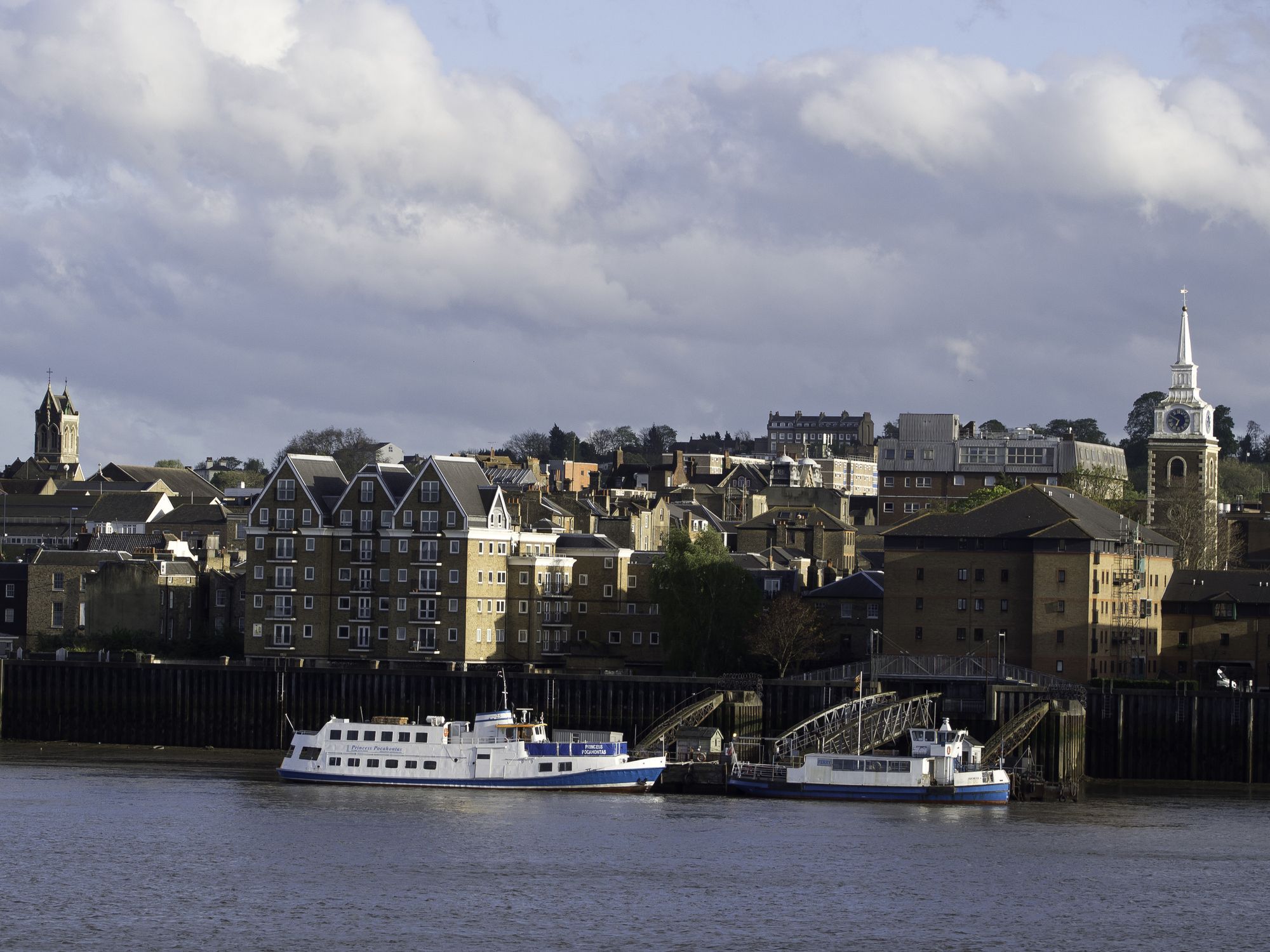
Tilbury to nadmorskie miasteczko we wschodniej części hrabstwa Essex, będące częścią portowego kompleksu Londynu. Położone jest na północnym brzegu Tamizy, około 40 kilometrów od centrum brytyjskiej stolicy. Główną atrakcją miasta jest Fort Tilbury, zbudowany w XVI wieku z rozkazu Henryka VIII w celu ochrony Londynu przed atakami morskimi. To właśnie tutaj w 1588 roku królowa Elżbieta I wygłosiła swoją słynną mowę do żołnierzy przygotowujących się do walki z hiszpańską armadą.
Współczesne Tilbury znane jest jako ważny port towarowy i wycieczkowy, regularnie przyjmujący statki pasażerskie. To dogodne miejsce do rozpoczęcia podróży morskiej po Europie lub odwiedzin Londynu, dzięki dobrym połączeniom komunikacyjnym. Miasto przyciąga turystów swoją historyczną atmosferą, dostępem do rzeki i widokami na rozległe wody Tamizy. Lokalna promenada i zabytkowe budynki nadają Tilbury szczególny urok brytyjskiej prowincji z głębokimi korzeniami historycznymi.